The Rise Of Safetyism
ideas have Real World consequences
With the steady decline in organised religion among the British, other beliefs have stepped in to fill the vacuum, guiding us and providing a framework with which to live our lives. The decline of organised religion hasn’t ushered in a world that is rational, logical and rooted in empirical scepticism; our modern materialistic secular world is full of new superstitions, rituals and faith. One of the most visible of these new doctrines, after gaining traction for many decades, blossomed in 2020 - that of safetyism.
Determinism
All events, including human action, are ultimately determined by previously existing causes. We have no free will and thus cannot be held morally responsible for our actions.
Fatalism
All events are predetermined and therefore inevitable and we cannot change the way events will happen.
Relativism
There is no absolute truth because knowledge, truth, and morality exist in relation to culture, society, or historical context.
Carl Jung, one of the most famous psychotherapists of all-time, wrote about how modern mass society has ‘produced an individual who was unstable, insecure and suggestible’ and claimed that a third of his patients were suffering from ‘no clinically definable neurosis, but from the senselessness and emptiness of their lives. This can be defined as the general neurosis of our times.’
Psychiatrist Theodore Dalrympe writes how ‘determinism (whether it be of the economic or genetic variety) has led to fatalism…. relativism has led to a willful abstention from judging any action or individual as bad or as comparatively better or worse than anything else.’ We sit in relative safely in our human zoo, protected from many challenges we used to face. But the bars of the cage remind us of our limitations as domesticated creatures and we comfort ourselves with material possessions perhaps as a way to forget how the lack of adversity has also stripped our lives of meaning and purpose.
“Safetyism refers to a culture or belief system in which safety has become a sacred value, which means that people are unwilling to make trade-offs demanded by other practical and moral concerns.”
Victims Of Comfort in The Nanny State
The phrase ‘nanny state’ conveys a view that a government or its policies are overprotective, regulate matters considered to be private or personal and undue governmental interference undermines peoples’ autonomy. Paternalism, the context of government, is when restrictions are imposed on our freedom in order to protect us - they bypass our free choice in order to serve our best interests. Many paternalistic interventions are so embedded that we forget they exist such as seatbelt and helmet laws. Interventions that are considered paternalistic are often cited as evidence of the nanny state because they limit people’s freedom and are done for their own (supposed) good. Health & Safety is an area where we can see this clearly happening; whilst reforms were clearly needed in the past, it has outgrown its original remit and continues to invade our lives through its unswerving desire for life to become safer and safer.
The Nanny State Index is a league table of the worst places in the European Union to eat, drink, smoke and vape and shows us that countries which regulate tobacco more heavily do not have lower rates of smoking nor do those which regulate alcohol more heavily have lower rates of drinking. There is no correlation between scoring highly on the Nanny State Index and a country having a longer life expectancy.
One would hope that if there would be some positive trade-offs for allowing the State such access into our personal lives to tell how what we can eat, drink and smoke. It is natural to assume that the more a government introduces nanny state policies, the better our health outcomes, the problem is this isn’t the case and, instead, we have a set of paternalistic policies that restrict freedom and make us poorer while failing to achieve their stated objective.
Despite these policies always claiming to be in our best interests, they inevitably create a number of problems such as:
raising prices via taxation or monopoly
restricting choice
restricting trading hours
raising the cost of living
black markets when prices rise
restricting competition and innovation
draining police resources and creates excessive bureaucracy and paperwork
Our view on government restrictions is shaped by how we, as individuals, weigh up the relative importance of two competing arguments which occupy opposite ends of the moral and, sometimes, legal spectrum.
The case in favour of increased state control appeals to the importance of harm prevention and paternalism and the case against appeals to the value of individual autonomy.
Rarely do we hear the moral argument presented in the mainstream press, yet it is the crux on which everything else rests; why do we never talk about the level of control granted to the government to make choices on our behalf?
What kind of world do we want to live in when government after government has a say in every aspect of our existence, governing more and more of our decisions?
Indeed, are the people in government the most virtuous, moral, ethical people to be allowed free rein with such a power to restrict our behaviour and levy punishments for not complying with their rules?
“Society tames the wolf into a dog.
And man is the most domesticated animal of all. ”
Safety First!
In 1903 the Motor Car Act was introduced, requiring mandatory vehicle registration and for drivers to obtain a licence which made it much easier to track owners of vehicles and enforce rules more rigidly. However, it wasn’t until 13 years late, in 1916, that the London ‘Safety First’ council was established as a response to the ‘alarming increase in road accidents’ during blackouts as The Great War was waged. In 1917, accident data was collated and the end of the war didn’t mark the end of the Safety First Council; an organisation was created with the noble intention of reducing traffic accidents grew into a moral crusade that, to this day, uses fear and virtue to push its agenda.
After World War Two, Labour won a landslide election and introduced sweeping reforms to Britain that were rooted in collectivism that included the nationalisation of industries, state direction of the economy and security ‘from cradle to grave’. These radical changes would change the character of Britain, creating more dependency on the state and discouraging individual responsibility; it was now the Government’s job to keep us safe by reminding us what we could and couldn’t do.
Huge changes took place in the aftermath of the war including:
The 1944 Butler Act which reformed schooling, the commitment to full employment in the same year.
The 1945 Family Allowance Act.
The 1946 National Insurance Act.
The 1946 was the year it became apparent that there was a baby boom at the same time there was a housing shortage.
The 1947 Town and Country Planning Act, which laid the foundation of modern town and country planning.
In 1948 the NHS was created.
Many cities had been reduced to rubble due to wartime bombing and town planners were eager to combat housing shortages in new ways; huge swathes of the country were levelled and rebuilt with the car placed front and centre in their designs. In fact the war came to be seen as a blessing in disguise, allowing the country to be reshaped and reconfigured in a more rational way through central planning. Architects and town-planners rubbed their hands in glee and put their stamp on the country with brutalist style council estates, tower blocks and new towns such as Stevenage and Milton Keynes. By 1975 a total of 440,000 tower block flats had been built with the help of a government subsidy that increased with every extra storey.
Public policy encouraged driving in the post-war period and car ownership more than doubled in the 1950’s. By 1955 there were over three million cars on Britain’s roads, the number of licensed vehicles in Great Britain has increased from about 4 million in 1950 to over 34 million in 2010.
In 1952, less than 30% of distance travelled in Britain was by car, van or taxi, 42% was by bus or coach, and 17% by train. The proportion reached 85% in the late 1980s and has stayed roughly constant since then - as has the total distance driven each year. Travel by bus and coach has been in long-term decline, accounting for just 4% of total distance travelled in 2016, a tenth of the figure of the early 1950s.
This was a huge shift from pre-war Britain and created a completely new way of life, with people commuting to work, fracturing communities and making the streets a less social space to spend time, hugely impacting children. Despite the radical modernism of the buildings, the planners and architects had failed to build with people in mind and close-knit traditional communities were never recreated as the architects appeared to have forgotten the principles of human-centered design. The new estates and tower blocks suffered from many social issues and crime and came to symbolise the decline of Britain, especially as it coincided with high unemployment and deindustrialisation as the 1970s wore on.
The street was our playground
Traditionally, neighbours and extended family kept an eye on children playing in the street, but slum clearance and housing ‘improvement’ schemes broke up these bonds and destroyed the informal monitoring of children’s play. An assumption grew that streets are for car drivers and, as car ownership boomed, this created a huge increase in traffic accidents involving children, forcing them off the streets and into their houses at the same time that TV ownership increased from 350,000 people in 1950 to nearly 10 million by the end of the 1950s. Since 1946, every generation has been heavier than the previous one – and it is the most overweight people who are becoming even heavier, with 1 in 10 children born in 1946 becoming overweight or obese by age 11, compared to roughly 1 in 4 today.
Many point out that the amount of child road deaths has fallen substantially between 1970 and 1990, claiming that all the endless safety measures of signs, speed limits and speed bumps has been the reason for this change. Perhaps that is true, but it could also be because most children stopped playing outside and were driven to school instead of walking or cycling. Researchers, Hillman, Adams and Whitelegg, concluded: ‘Road accidents involving children have declined not because the roads are safer but because children can no longer be exposed to the dangers they pose.’
In 1971, 80% of children aged seven and eight were allowed to go to school on their own and by 1990, the figure had fallen to 9%. This downward trend wasn’t inevitable and plenty of other developed nations designed their roads and infrastructure in ways that enabled and encouraged children to continue being independent:
In Odense, Denmark, at city of around 200,000 people, 4 out of 5 children bike, walk, or skateboard to school. As many schools have a cycle network that is safe enough for children to ride on their own on the way to school, it’s not uncommon for 6 year olds to cycle to school without their parents.
In the Netherlands, 26% of primary school children still travel independently to school and the average age for them to go without their parents is aged 8.6.
In Japan some schools mandate that children travel to school alone and it’s expected that children aged 6 are supposed to be independent by the time they start school and it’s not unusual for children to commute for up to an hour using the train service which is famous for being safe, clean and reliable.
‘Japanese kids learn early on that, ideally, any member of the community can be called on to serve or help others. Taking responsibility for shared spaces means that children have pride of ownership and understand in a concrete way the consequences of making a mess, since they’ll have to clean it up themselves. This ethic extends to public space more broadly (one reason Japanese streets are generally so clean). A child out in public knows he can rely on the group to help in an emergency.’
The 1970s marked the beginning of newspapers increasing their readership through ‘clickbait’ sensational articles about stranger danger and hidden dangers of playgrounds. This led to the risk-averse designs we now see today - impact absorbent rubber surfaces, safety-certified fibreglass boulders and, by the 1980s, many new laws were passed which required playgrounds to adhere to strict criteria. A new market was created, and companies advertised their services as prioritising safety - which came at a higher cost to build, install and maintain these new sterile playgrounds. David Yearley, head of play safety for the Royal Society for the Prevention of Accidents, argues that “as a society, it’s difficult to say, ‘we need to accept a 1 in 60 million chance of death.”
In America, the situation was even more dire as the healthcare system is structured in such a way that there needs to be blame in order for insurers to cover the increasing costs of medical care. This meant that personal responsibility was shelved in favour of finding fault and a culture of suing meant fewer companies were willing to open themselves up to lawsuits by installing ‘risky’ play equipment.
Tim Gill, author of No Fear: Growing Up in a Risk Averse Society, notes that there is an ‘inappropriate transfer to playgrounds of principles from workplace health and safety…in most workplaces the presence of physical risks – vertical drops, wobbly bridges or narrow balance beams – is a problem to be solved, whereas in a playground it is often an asset.’
In the book The Coddling of the American Mind, authors Haidt and Lukianoff discuss the unintended consequences of safetyism - the idea that people are weak and should be protected, rather than exposed, to challenges. What began as a focus on physical safety – removing sharp objects and choke hazards, requiring child seats, and not letting children walk home alone has morphed into protection from all kinds of harm, including emotional safety which doesn’t tolerate ideas that could trigger psychological distress. A well-intentioned safety culture has led to ‘paranoid parenting,’ unstructured play time has been replaced by screen time, in a never-ending cycle of fragility as the focus on physical and mental safety - ironically - makes children weaker.
Fragility is a self-fulfilling prophecy, distorting our perception of risk because when children are protected they cannot develop appropriate resilience or coping skills to handle obstacles nor can they develop healthy self-esteem. Just as our bones strengthen through stress (in what’s known as Wolff’s Law), the same is true for our mental health; resilience is created from facing many different situations.
Stresses are necessary to learn, adapt and grow and, without varied life experiences, our minds do not know how to cope with day-to-day stressors. Over-protection can lead to learned helplessness, when people feel they have no control over a situation and the belief that our own behavior has no influence on consequent events. This leads to a vicious cycle whereby whenever someone is faced with a negative situation they don’t have the tools necessary to change their circumstances, reinforcing their feeling of powerlessness which, in turn, can lead to depression and anxiety.
The design of post-war housing, transport and infrastructure have deprived children of their ability to play outside and, although Britain has seen a huge increase in prosperity since the war, there are huge consequences for cossetting and over-protecting children that will be felt for generations to come. Slowly, there is a shift happening and people are beginning to see the benefits of risk, so perhaps this is the last gasp of the decades-long drift toward overprotecting children.
the growing death taboo
Despite incredibly material advances and technological progress this past century has brought us, many studies continue to show that we are depressed, unhealthy and unhappy. According to recent reports, our society’s ability to meet our psychological and psychosocial needs ‘appears to have declined’ and we are miserable, angry and fearful. Given the rise in anxiety disorders, just as we have enjoyed ever greater prosperity and security, it’s painfully clear we’re failing at personal risk management.
Could much of our modern woes be connected to death becoming more and more taboo?
Up until very recently, if someone was ill, the burden of care was assumed by family, friends and neighbours. This has now passed onto medical caretakers who are strangers and in unfamiliar, purpose-built facilities. In the same way that giving birth is medicalised, death is now facilitated by experts. The unpleasantness of the dying process, which was once witnessed and understood, became hidden and many of us have never experienced death at all, except perhaps a beloved pet.
A death-denying culture may not be one that is happy, fulfilled or content. Ray Kurzweil stated that ‘death gives meaning to our lives. It gives importance and value to time. Time would become meaningless if there were too much of it.’ With so much perceived time ahead of us and never witnessing death firsthand, we are able to push much of our lives, dreams and aspirations into the eternal future which is when we believe much of our happiness will be realised.
The medicalisation and invisibility of the process of dying leads to a distortion of reality; when we acknowledge death, we become more self-aware about our habits, lifestyle and decisions. Death forces us to become more alive and to understand the temporary nature of our time here. For some, it is also the ultimate existential crisis (as seen in many a mid-life crisis), because it can only be faced when we ourselves are authentic, truthful and honest.
‘One of the greatest lessons I’ve learned is to avoid excessive comfort…Craving perpetual relaxation, security, stability, a sense of safety that clings to us like a plastic wrapper, a warm embrace to eliminate all obstacles and suffocate all daring. We’ve got painkillers for the pain, sleeping pills for insomnia, medication for anxiety, Netflix to kill the time (thus killing the only thing we cannot have more of), Spotify to strangle and choke silence, alcohol for illusory courage, Tinder to suppress loneliness, and social media to construct a false bubble of perfection and bliss. We hunger to create these bubbles where, like in Huxley’s Brave New World, we sacrifice at the altar of perpetual comfort our ability to cope and learn from discomfort…To benefit from the comfortable, we must also be intimately familiar with the uncomfortable. This means sometimes accepting boredom, hunger, pain, loneliness, silence, imperfection, and sadness as a way for us to re-enter the space we seem to have lost along the way - the space where all the chatter fades away and we’re left alone with our thoughts.’
Perhaps it’s true that ‘real life’ will rear its head, hit us in the face and we’ll be too feeble to survive because we’ve spent our entire lives coddled and protected. Could the increasingly division we see throughout our society be in part one in which some of us accept death and embrace risk and some of us fear death to such an extent we spend most of our lives avoiding it?
The Toxic Cult of Sentimentality
In 1762 Jean-Jacques Rousseau wrote ‘The Social Contract’ in which he argued that the State will promise to protect its citizens if they relinquish their right to self-defence. He lived in France during a turbulent period known as The Age Of Enlightenment which laid the intellectual foundations for the French Revolution in 1789 and resulted in the creation of the French Republic. This period of time was marked by the development of the scientific method, which led to questioning about tradition, the status quo and placed supreme faith on the power of reason and knowledge as the basis for the creation of better society. Rousseau’s work remains influential to this day, although we have seen the dark side of relinquishing our right to defend ourselves against the State as the 20th Century’s sobering figures of democide show.
Curiously, at the around the same time Rousseau was writing in France, Scottish historian Alexander Tytler put forth a theory that described a repeating cycle in history, claiming that societies and civilisations went through this 200 year cycle over and over again:
‘A democracy is always temporary; it simply cannot exist as a permanent form of government. A democracy will continue to exist until the time voters discover they can vote for generous gifts from the public treasury. From that point, the majority always votes for the candidates who promises the most benefits from the public treasury. The result is that every democracy finally collapses due to loose fiscal policy, which is always followed by a dictatorship.’
Perhaps the two superficially opposing ideas are interwined on a deeper level; as people trade their personal power for the protections of the State this leads to an increasing outsourcing of personal decision making and accountability for our actions, with a by-product of becoming infantilised in our emotions, unable to move past superficiality and sentimentality.
What are the dangers of abandoning logic in favour of sentimentality? Feelings aren’t effective substitutes for critical thinking or empirical observation and making decisions based primarily on feelings leads to conflict with others because, as Theodore Dalyrymple ‘sentimentality toward some is often accompanied by brutal and unfeeling rage toward others.’
A sentimentalist is simply one who desires to have the luxury of an emotion without paying for it..We think we can have our emotions for nothing. We cannot. Even the finest and the most self-sacrificing emotions have to be paid for. Strangely enough, that is what makes them fine. The intellectual and emotional life of ordinary people is a very contemptible affair..they always try to get their emotions on credit, or refuse to pay the bill when it comes in..Remember that the sentimentalist is always a cynic at heart. Indeed sentimentality is merely the bank holiday of cynicism.
- Oscar Wilde
“Modern man is drinking and drugging himself out of awareness, or he spends his time shopping, which is the same thing.”
Just Culture: Balancing Safety and Accountability
The bureaucracy of Health & Safety seems less about managing the safety of the workers companies are responsible for, and more about managing company or personal liability. How often in your own life have you witnessed the ineffectiveness of bureaucratic ‘solutions’? Rarely do they seem to dig down into the root causes of issues and instead just create another layer of red tape and paperwork.
Safety culture has a habit of ignoring the plethora of data which shows how none of the recognised twelve psychological factors are consistently and reliably linked to actual safety incident rates. Organisations need to stop obsessively focusing on psychological factors when assessing safety culture and concentrate their improvement efforts on tangible situational and behavioural factors which are clearly linked to actual safety performance.
Dr Lucian Leape said that ‘the single greatest impediment to error prevention is that we punish people for making mistakes’ and Don Norman notes that ‘people make errors, which lead to accidents, accidents lead to deaths and the standard solution is to blame the people involved. If we find out who made the errors and punish them, we solve the problem, right? Wrong. The problem is seldom the fault of an individual; it is the fault of the system. Change the people without changing the system and the problems will continue.’
Blame is about finding fault and it isn’t about holding someone responsible for something. It is inherently judgemental and it doesn’t focus on changing, improving or fixing anything - unlike responsibility which is focused on accountability, a far more noble aim. Failure is a common companion of blame, so we avoid it at all costs; indeed many of us never get started with anything because we fear the shame of failure so much. Until we are able to individually and collectively reframe failure as an essential ingredient of success, some of us will spend our entire lives avoiding it.
Everyone’s favourite game.
A culture - whether it is a family, an organisation or a nation contains within itself the seeds of its own destruction if it is based on blame. Derek Sivers noted that it’s easy to not understand what is around you, because it’s all you know and culture is invisible, we’re surrounded by it but it’s only possible to understand it once you leave and go somewhere else with different values. We mistake what is normal and familiar to us as the true way of doing things - some people might experience this when they change jobs and note how the management culture creates the whole culture of an organisation (for better or worse). Derek coined the phrase ‘fish don’t know they’re in water’ to express this concept, emphasising that it is not until you take a fish out of water that the fish can compare an experience to something else. In English we use the inverse idiom of being ‘a fish out of water’ to describe someone who is uncomfortable in an unfamiliar situation and - fun fact - we’ve been using this phrase since at least 1483 when Geoffrey Chaucer wrote it in The Canterbury Tales. I have one more aquatic analogy that ties into culture, one that - again - the crabs in a barrel mentality. Lanre Dahunsi explained how this ‘mentality is a metaphor derived from a pattern of behavior noted in crabs when they are trapped in a bucket. While any single crab could easily escape, its efforts will be undermined by others, ensuring the group’s collective demise. The moment you try to leave the stereotype or comfort zone, the crabs in the barrel are always there to bring you down to their level and this can be observed everywhere, such as the workplace, families, friends, and places of worship.’
Blame culture has very different norms than a just culture; culture affects our perception, perceptions drive behavior and the culture we belong to has a direct impact on our behavior. The concept of a just culture has arisen out of systems thinking which is a way of exploring and developing effective action by looking at connected wholes rather than separate parts. Instead of blaming someone when things go wrong, it seeks to consider wider systemic issues to understand actions in context and focuses on developing a mindset of openness, trust and fairness instead of fear of punishment.
Conclusion
On the surface, safety appears benign and comforting; dig a little deeper and it becomes clear that personal freedom must be sacrificed in order to accommodate its increasing grip; the new laws or safety rules put in place eventually become constricting. Once safety culture is in place, it becomes entrenched as institutions grow around it and looks for more ways to justify its existence; after all who’s going to dismantle the safety-industrial complex and lose jobs and lucrative contracts?
Our culture, absorbed in a spiral of become ever more safe and tolerating less and less future risk, heralds the decline of the West. It is a stark reminder of our growing ageing population, whose presence will impact and shape the culture and attitude of the country. In 2001, for the first time, there were more people aged 65 and older than people under age 16 living in the UK. When the share of people aged 65 and over is projected to rise to 29% of the population by 2070, the landscape of our society will reshape to reflect back the values and beliefs of these people. If 2020 has taught us anything, it is that an ageing population will be more vulnerable - and less anti-fragile - to disease and less able or willing to change and adapt. They may be obsessed with avoiding death, and our culture will become more and more risk averse to appease this sector of society, yet this avoidance risks curtailing everything that makes life worth living.
Safetyism is founded on someone else knowing what’s best for you; you are freed from having to determine your own choices, freed from weighing up logic and proportion before you take action; you just need to follow rules set out in front of you. This freedom from responsibility also has a price; soon we will lose any sense of proportion because when safety is placed above all else, a risk-averse culture follows, one that infantilises us and strips us of important skills. After all, nothing’s our fault anymore as we’re being looked after. Only in the human zoo could this state of affairs exist.
We all pay the price of inaction, of not doing things, and children bear the brunt of this joyless, unlived, unexperienced life bordered on all sides by the diktats of others telling them what’s safe and what isn’t. In the real world, life is filled with risk - physical, emotional, financial, social - and reasonable risks are essential for healthy development. For 95% of human history we lived as hunter-gatherers, risking our lives to survive and, thanks to our courageous ancestors, we are here today. In a society where there aren’t enough challenges in life, we create our own after all, they do say that never are we more alive than when we’re close to death. Not only is it inappropriate to assume that life is essentially safe, it’s a false premise to build a life on top of; we can pretend there is zero risk but on a long enough timeline the survival rate for everyone drops to zero.
What if we shifted the conversation from the risk of doing things, to asking what the risk is of not doing things?
Can there be rewards if there are no risks?
What would our culture look like if we consigned the safety-first mentality to the dustbin of history and all of its constraints, blame and barriers?
We must begin to paint a picture of the world we want to live in; here’s an idea of mine for what it’s worth - we learn to judge risks through failure (which isn’t seen as a negative experience, just a process of learning and iterating). We live our lives with a curiosity-first mentality, rooted in a wider just culture and find other ways to motivate each other that aren’t based on shame and punishment.
Nanny-state measures chip away at the divide between the personal and the political—and they are bipartisan. Since 2010, Conservative-led governments have not shown much resistance to paternalistic interventions that one would regard as the natural preserve of the Left. Nor have they shown much appetite to stand up to trigger-happy bureaucrats. If the Right, while in power, makes no principled objections to bans on food and drink, why should conservatives or pro-market liberals expect the Left to show restraint when it gets its turn? If advertisers are not permitted to deviate from a centrally determined set of values, why not prohibit dissenting voices altogether?
Nanny-statism also swells the ranks of bureaucrats whose instincts, almost by definition, are unlikely to be laissez-faire. Manning the desks of quangos—quasi-autonomous nongovernment organizations—are meddlers who, if left unsupervised, will only expand state intrusions into daily life. They are also given pulpits, and the credibility of an important-sounding job title, from which to criticize the government for not doing enough. The result is a trend of ever-diminishing freedom.
Safetyism is rooted in a totalitarian mindset and is a form of virtue signalling; a sentimental claim for emotional and personal safety which is merely cover for a power grab. Fragility, adherence to safetyism, and an emotional desire to be protected leads to the suppression of free speech and to the growth in authoritarianism, as C.S. Lewis explains:
‘Of all tyrannies, a tyranny sincerely exercised for the good of its victims may be the most oppressive. It would be better to live under robber barons than under omnipotent moral busybodies. The robber baron’s cruelty may sometimes sleep, his cupidity may at some point be satiated; but those who torment us for our own good will torment us without end for they do so with the approval of their own conscience.’
Feelings are always valid but they’re not always a helpful reflection of reality and we have now reached a point where many of us prefer comforting lies to hard truths. There is nothing wrong with educating ourselves and our children on certain dangers they will face, learning to cross the road is a proportionately sensible action, as is wearing a seatbelt or helmet when you judge the risks but we need to pay attention to when these things are mandated into law, because it’s at this point that a paternalistic government has crossed an unseen but nonetheless psychologically ‘real’ border, which marks a change in the relationship between a sovereign individual and the State.
Lockdowns are the result of a process long in the making, of nearly a century of sub-contracting out of personal choice and responsibility to the State. I’m dismayed by the number of my people who think safety-culture is right and proper. Ultimately they’re the real enemies, the people who will gladly surrender not only their own freedom, but also yours, mine and unborn generations, for the sake of their own ‘safety’ and ‘protection’.
“I suspect the ease with which we have lately accepted the authority of health experts to reshape the contours of our common life is due to the fact that safetyism has largely displaced other moral sensibilities that might offer some resistance. At the level of sentiment, there appears to be a feedback loop wherein the safer we become, the more intolerable any remaining risk appears. At the level of bureaucratic grasping, we can note that emergency powers are seldom relinquished once the emergency has passed. Together, these dynamics make up a kind of ratchet mechanism that moves in only one direction, tightening against the human spirit.”
REFERENCES
David Cameron targets health and safety rules
Evidence from safety culture that risk perception is culturally determined
Health and Safety in Contemporary Britain: Society, Legitimacy, and Change Since 1960
Governing risks in modern Britain: danger, safety and accidents, c. 1800–2000
The Safety Culture Construct: Theory and Practice
No Fear: Growing Up in a Risk Averse Society
New Playgrounds Are Safe—and That's Why Nobody Uses Them
One False Move: A Study of Children's Independent Mobility
The Battle of the Consumer in Postwar Britain
Transport Statistics Great Britain: 2011
New, B. (1999). Paternalism and Public Policy. Economics and Philosophy, 15(1), 63-83. doi:10.1017/S026626710000359X
Key Facts: Poverty and Poor Health
Just Culture: The Key to Quality and Safety
Creating a Just Culture – Rethinking Patient Safety
The Safety Anarchist: Relying on human expertise and innovation, reducing bureaucracy and compliance
Sentimentality as an aesthetic flaw
Cruel When Not Kind : On sentimentality and brutality, two sides of a coin
Post-war town planning: How to kill a city
Stamatakis E, Primatesta P, Chinn S, et al, Overweight and obesity trends from 1974 to 2003 in English children: what is the role of socioeconomic factors? Archives of Disease in Childhood 2005;90:999-1004.
The rise of the obesity epidemic
In Japan, first graders travel solo to school on the train
Why Are Little Kids in Japan So Independent?
Japanese Six-Year-Olds Can Ride Trains Alone Thanks to the Country's Amazing Infrastructure
How many Dutch children still go to school by bike ? The rise of driving.
In This Danish City, 5-Year-Olds Bike To School On Their Own
27 SURPRISING Finnish Education System Facts and Statistics.
Five Things Norwegian Schools Do Differently
The Comfort Crisis - Embrace Discomfort To Reclaim Your Wild, Happy, Healthy Self By Michael Easter
The reason you should never go down a slide with your child
Malo periculosam libertatem quam quietam servitutem - I prefer dangerous freedom over peaceful slavery
Study Shows Kids Persist Less When Parents Step In to Help
The Crab in the Barrel Mentality
This is Water by David Foster Wallace
Fish don’t know they’re in water
Why is Culture Important and How Does it Influence People?
Systems Thinking for Safety: Ten Principles A White Paper
Systems Thinking for Safety/Principle 3. Just Culture
The effect of admitting fault versus shifting blame on expectations for others to do the same , Lozano EB, Laurent SM (2019) The effect of admitting fault versus shifting blame on expectations for others to do the same. PLOS ONE 14(3): e0213276. https://doi.org/10.1371/journal.pone.0213276
Stop Bloody Bossing Me About: How We Need To Stop Being Told What To Do



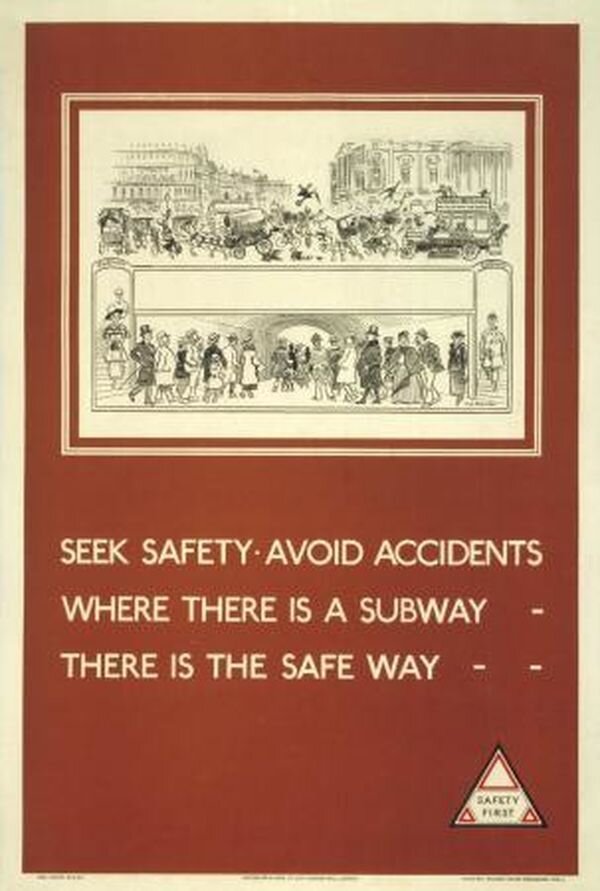

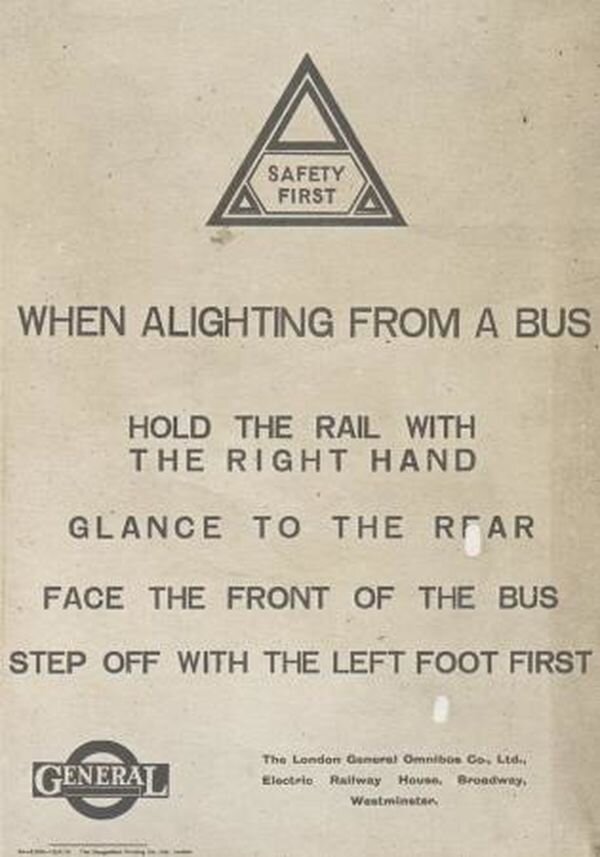
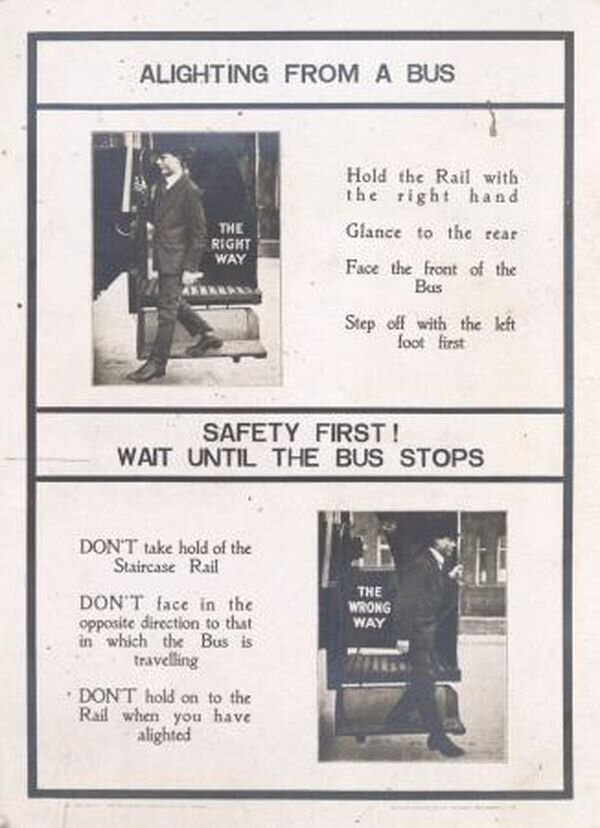
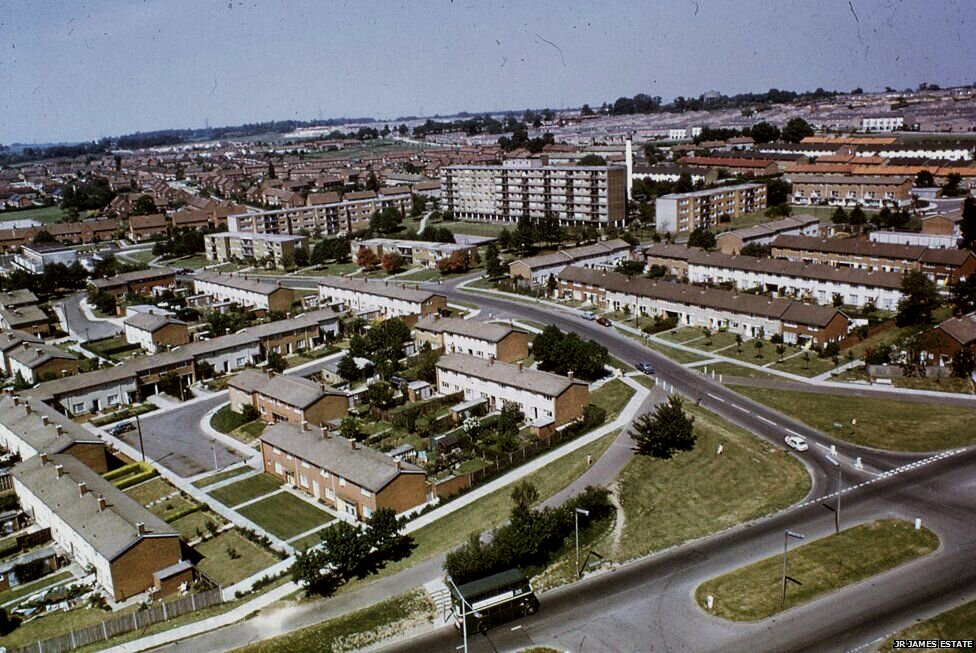
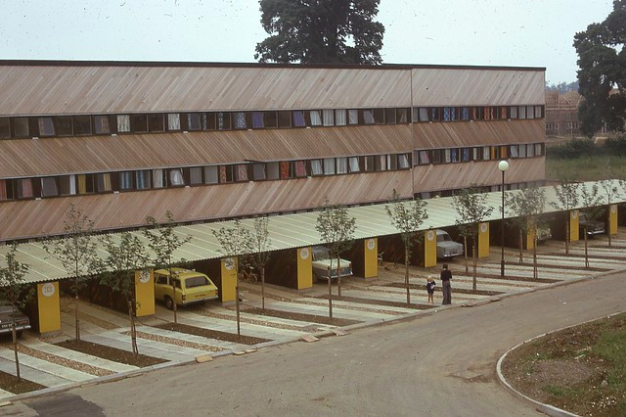

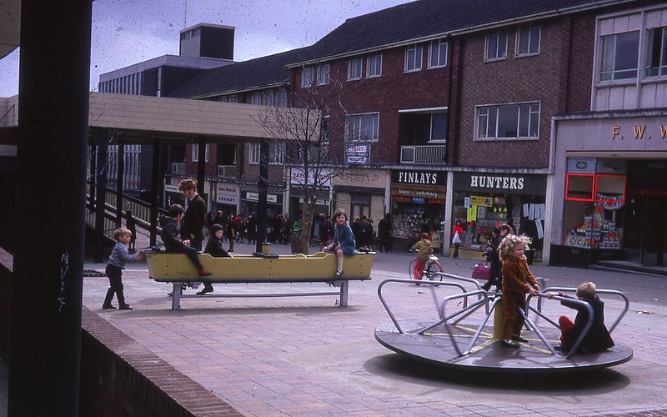
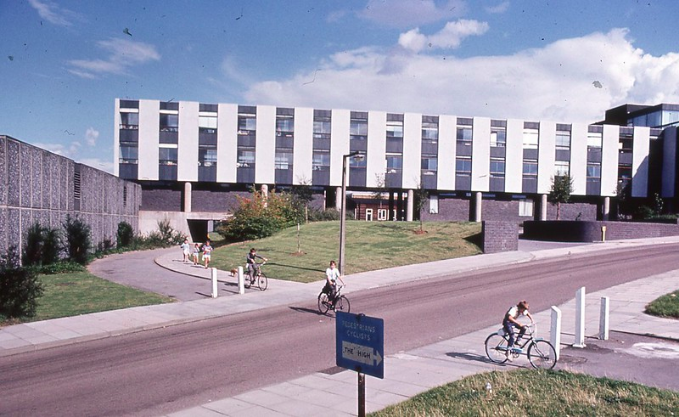


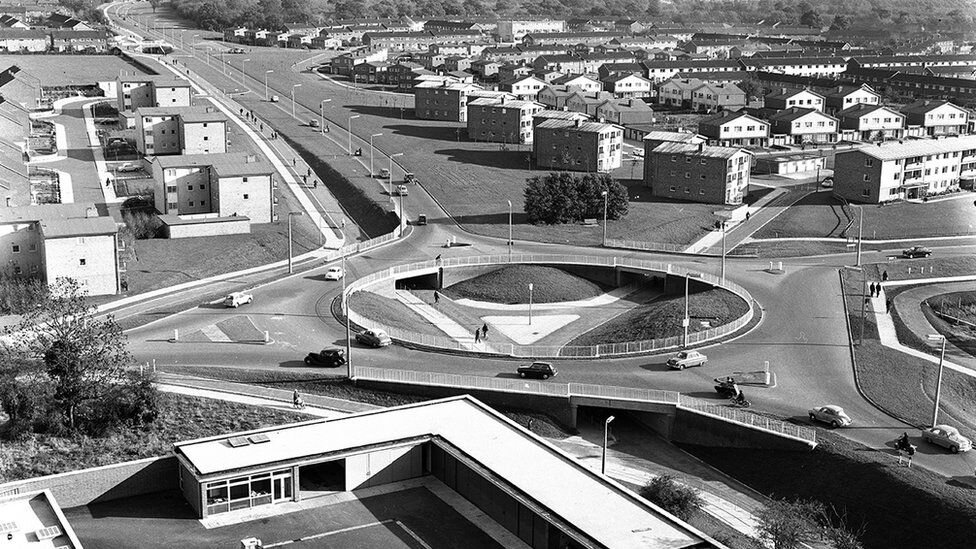
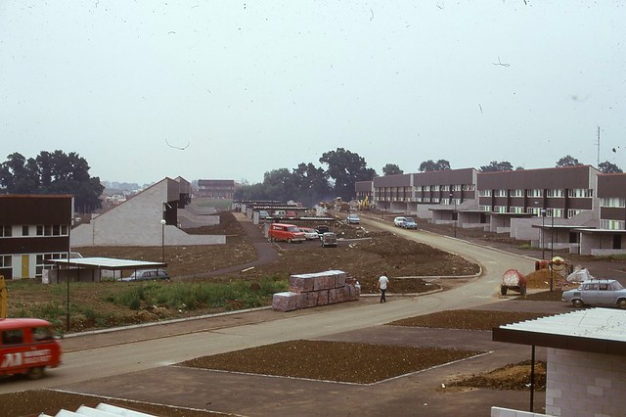
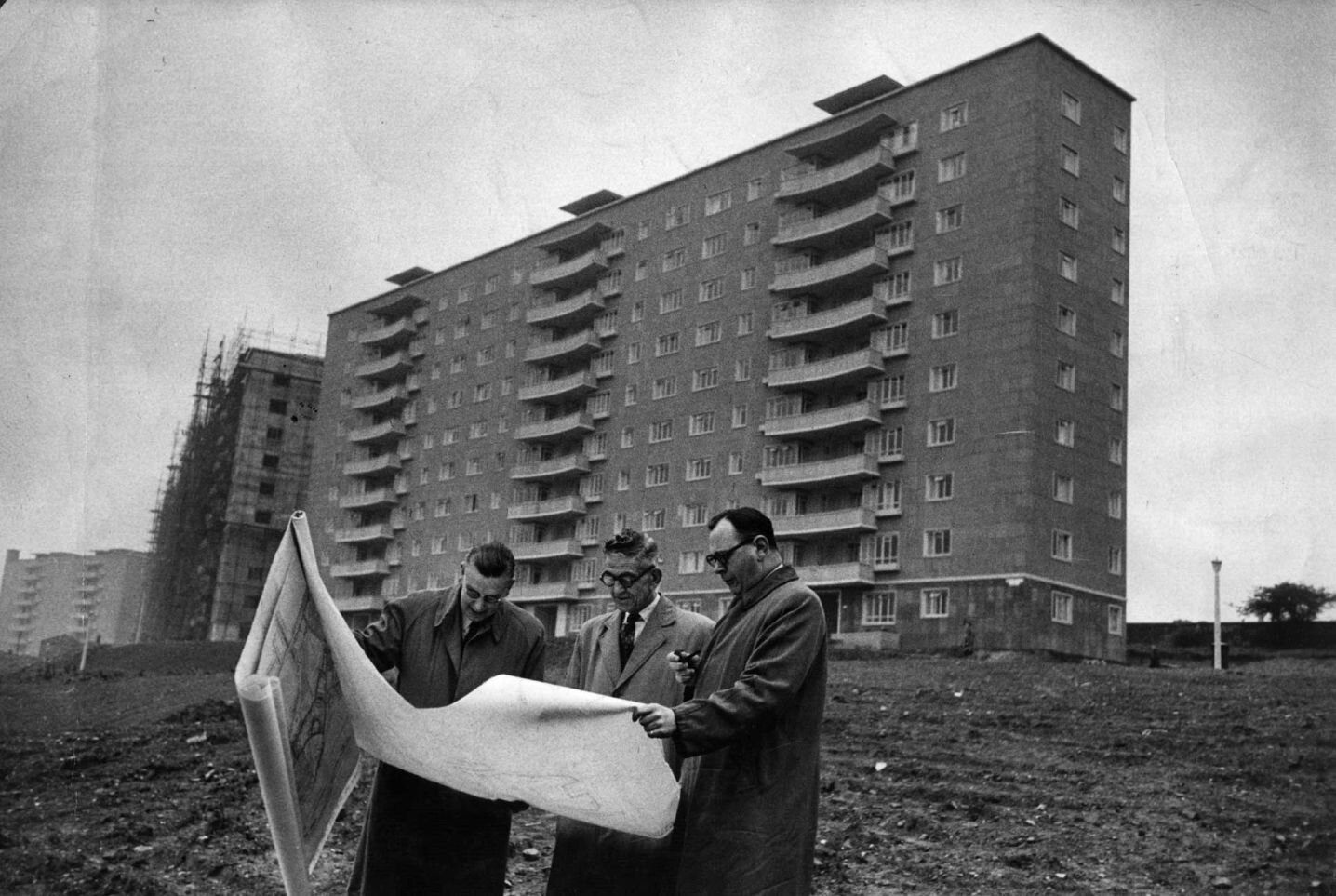
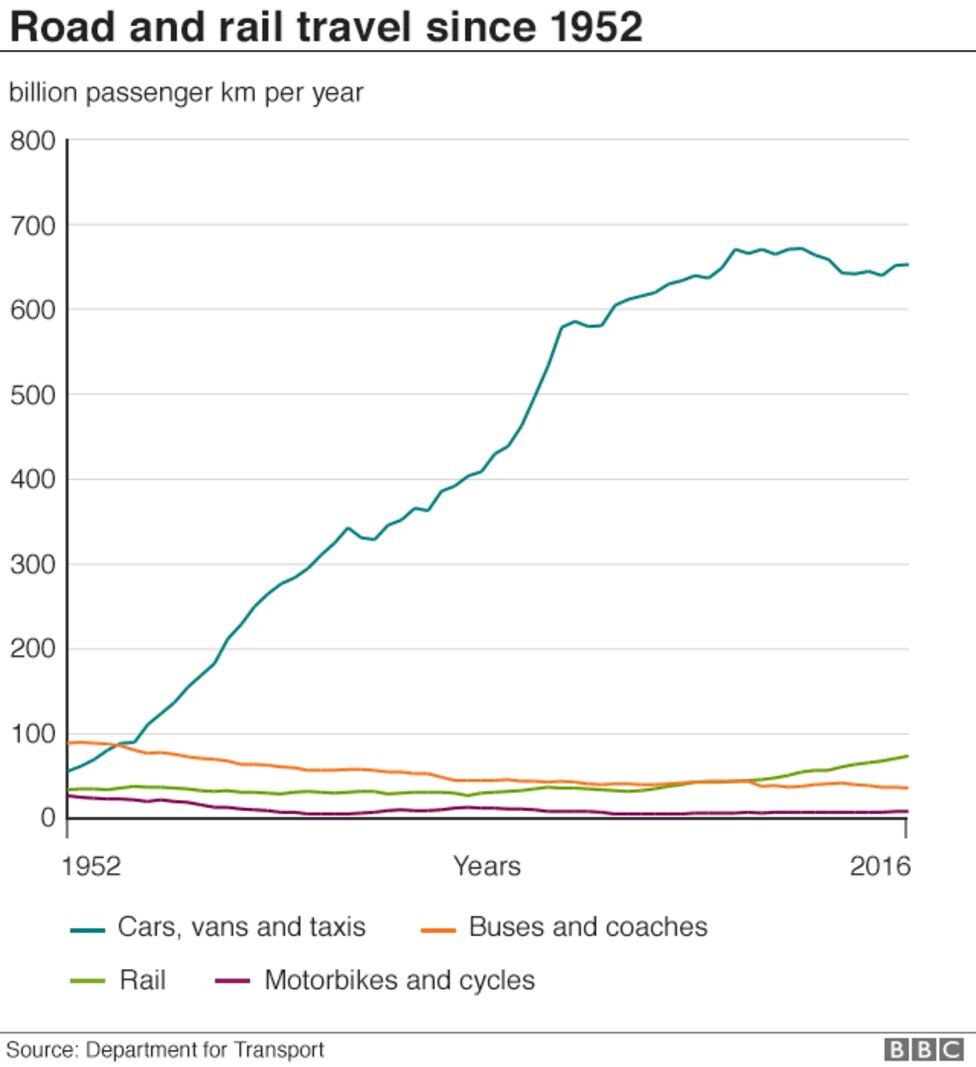
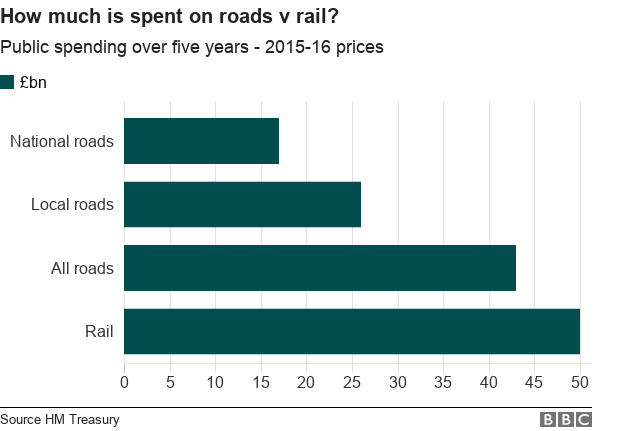
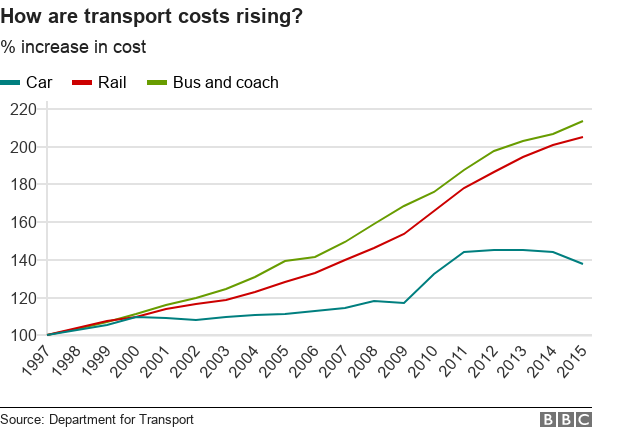
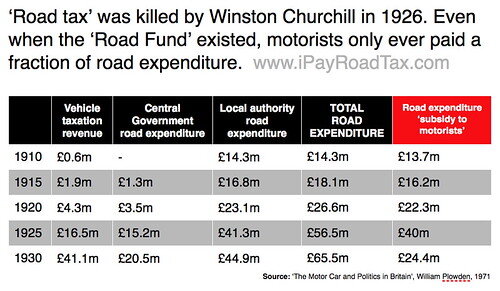
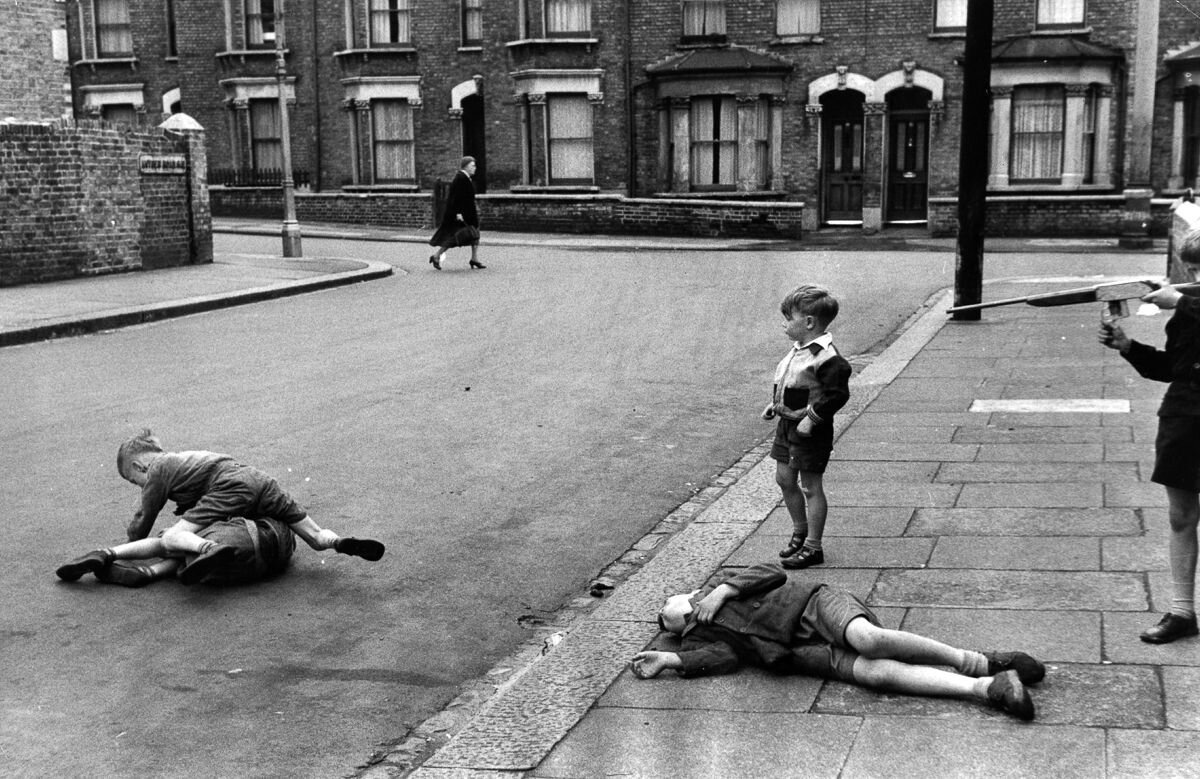
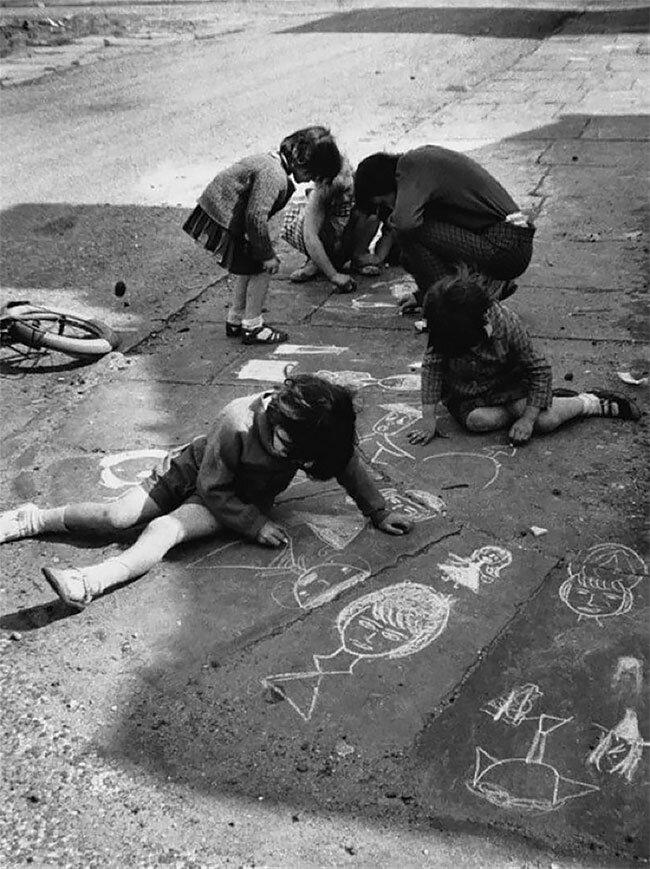
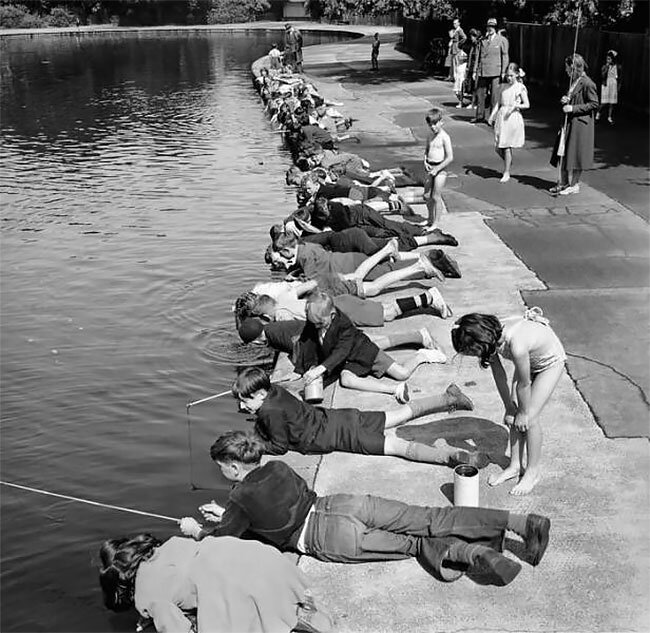

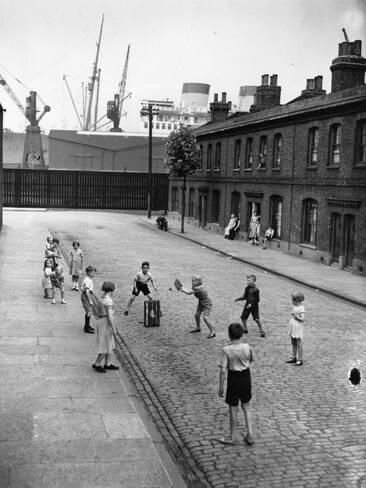
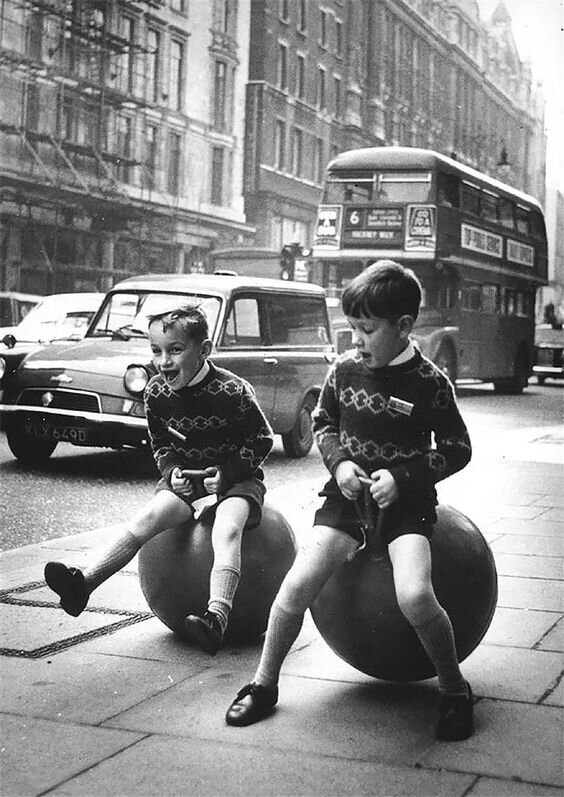

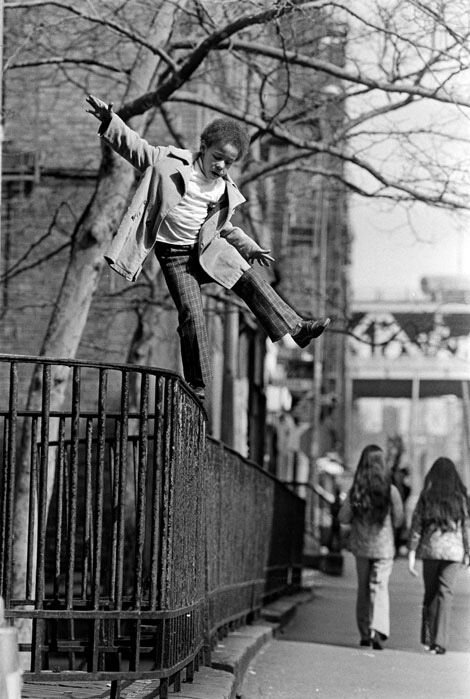

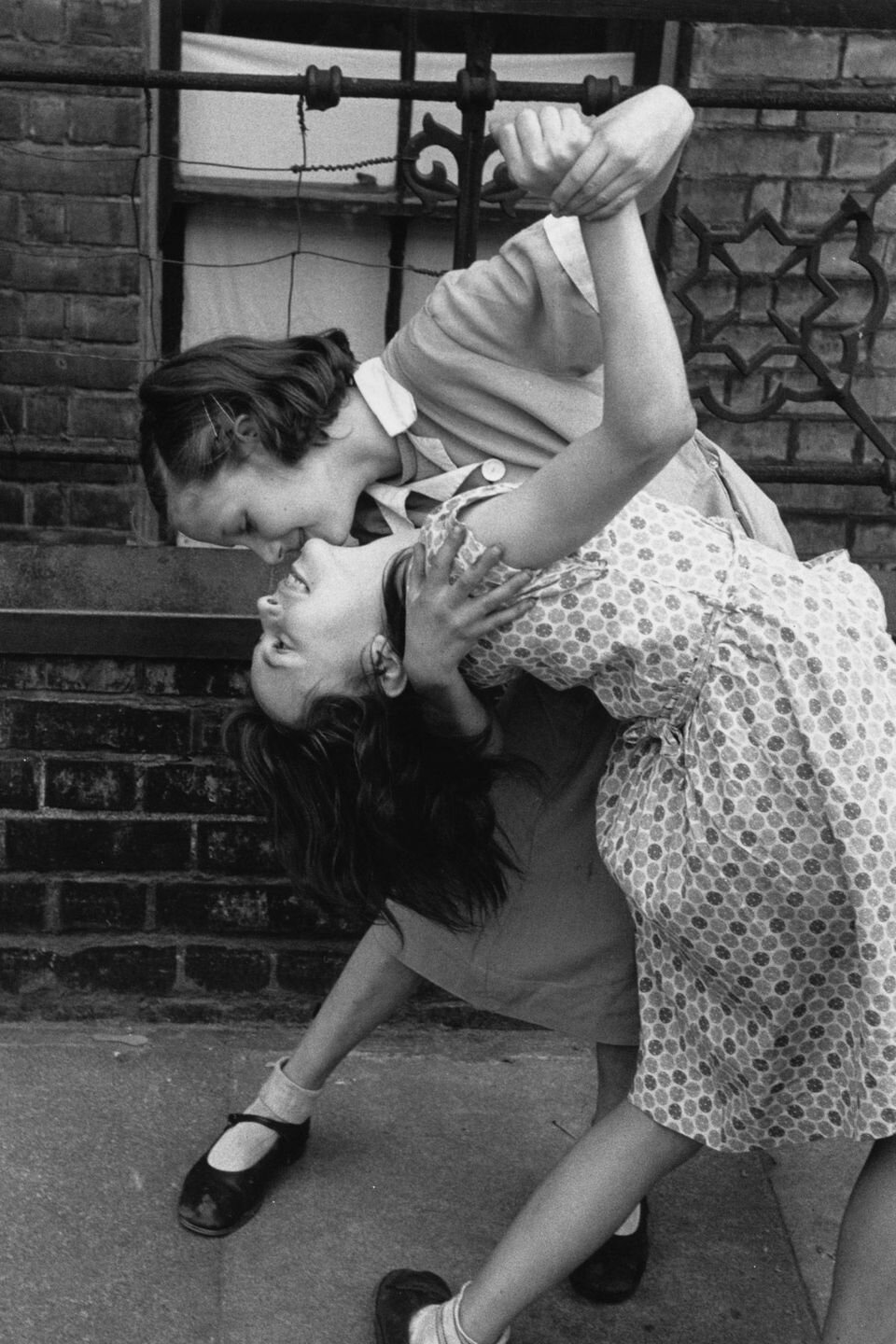
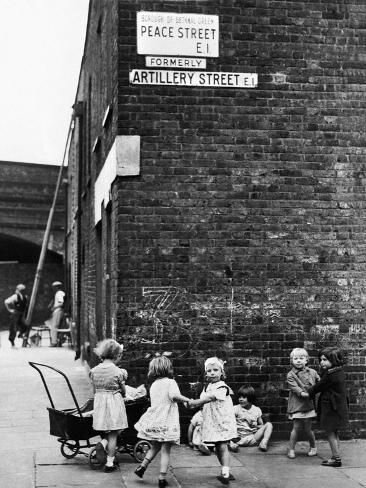
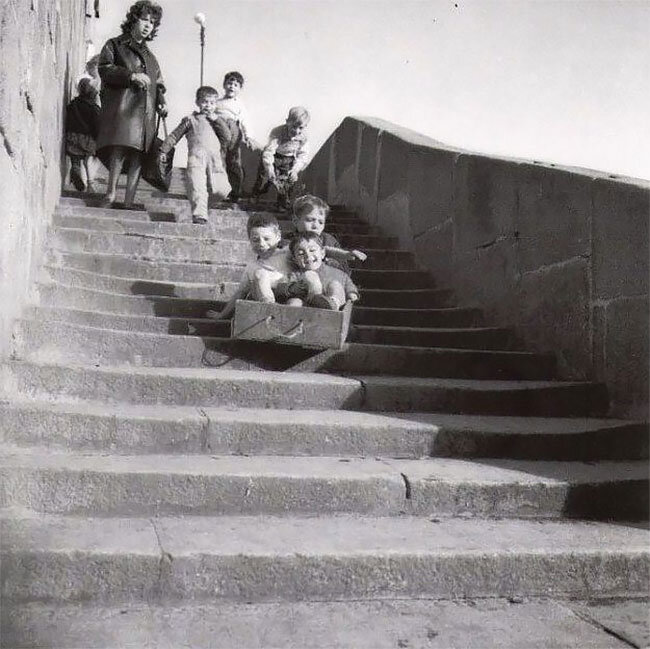

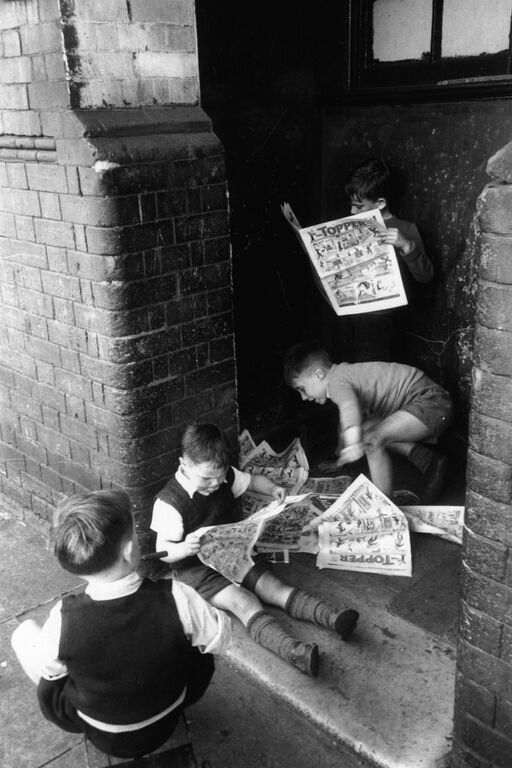
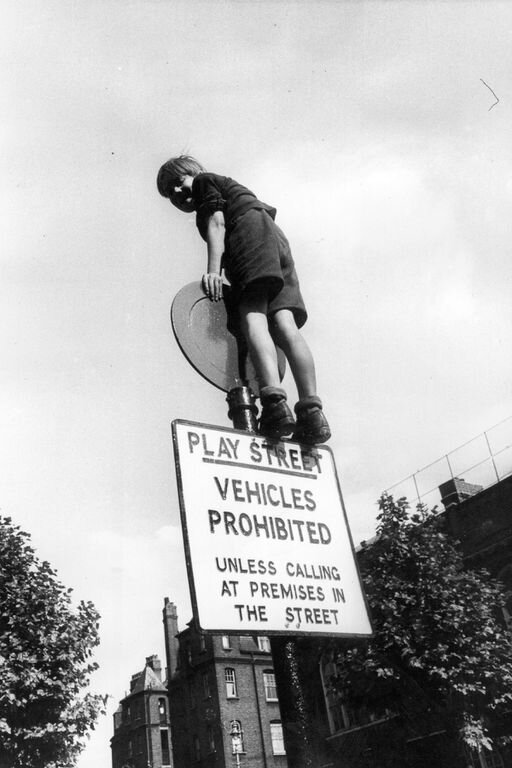

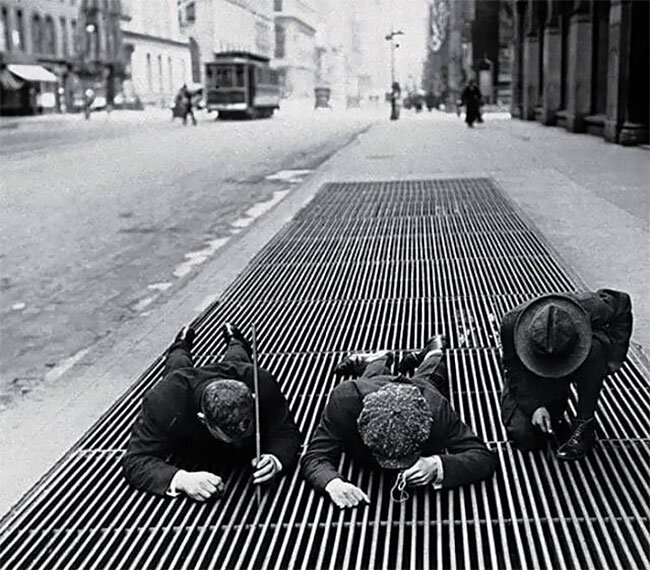
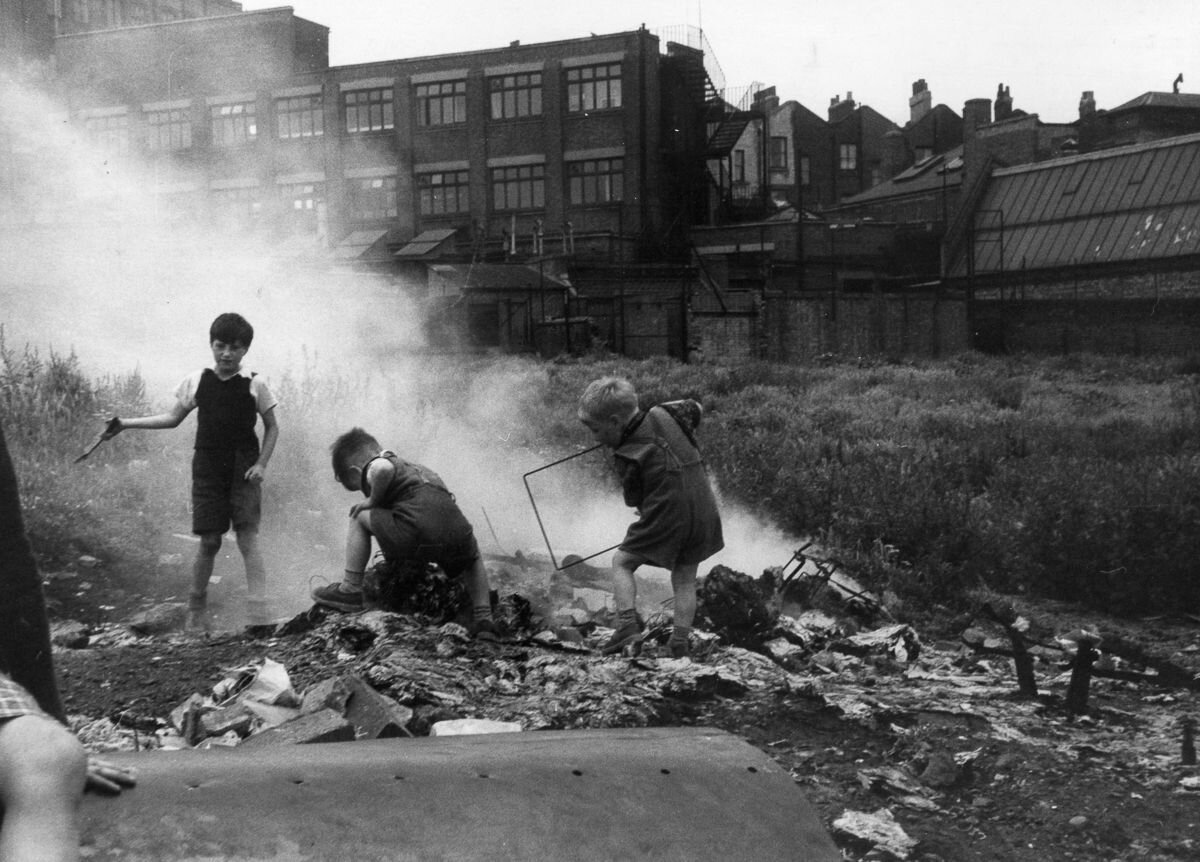
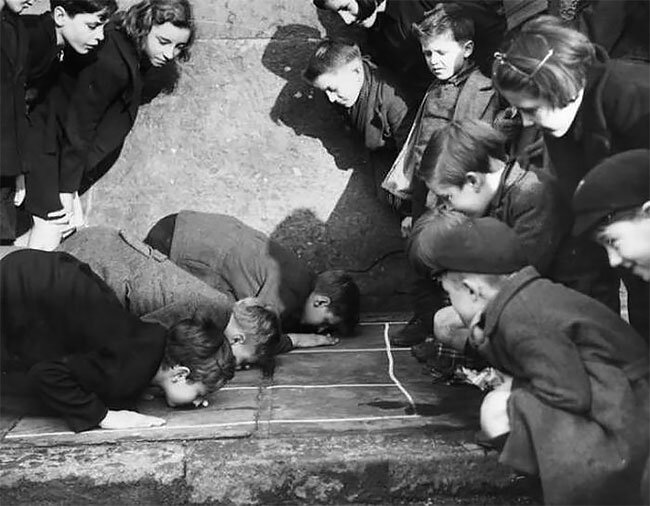


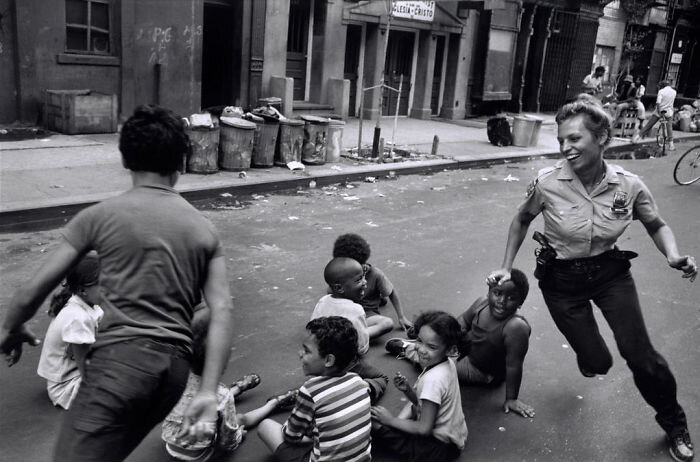
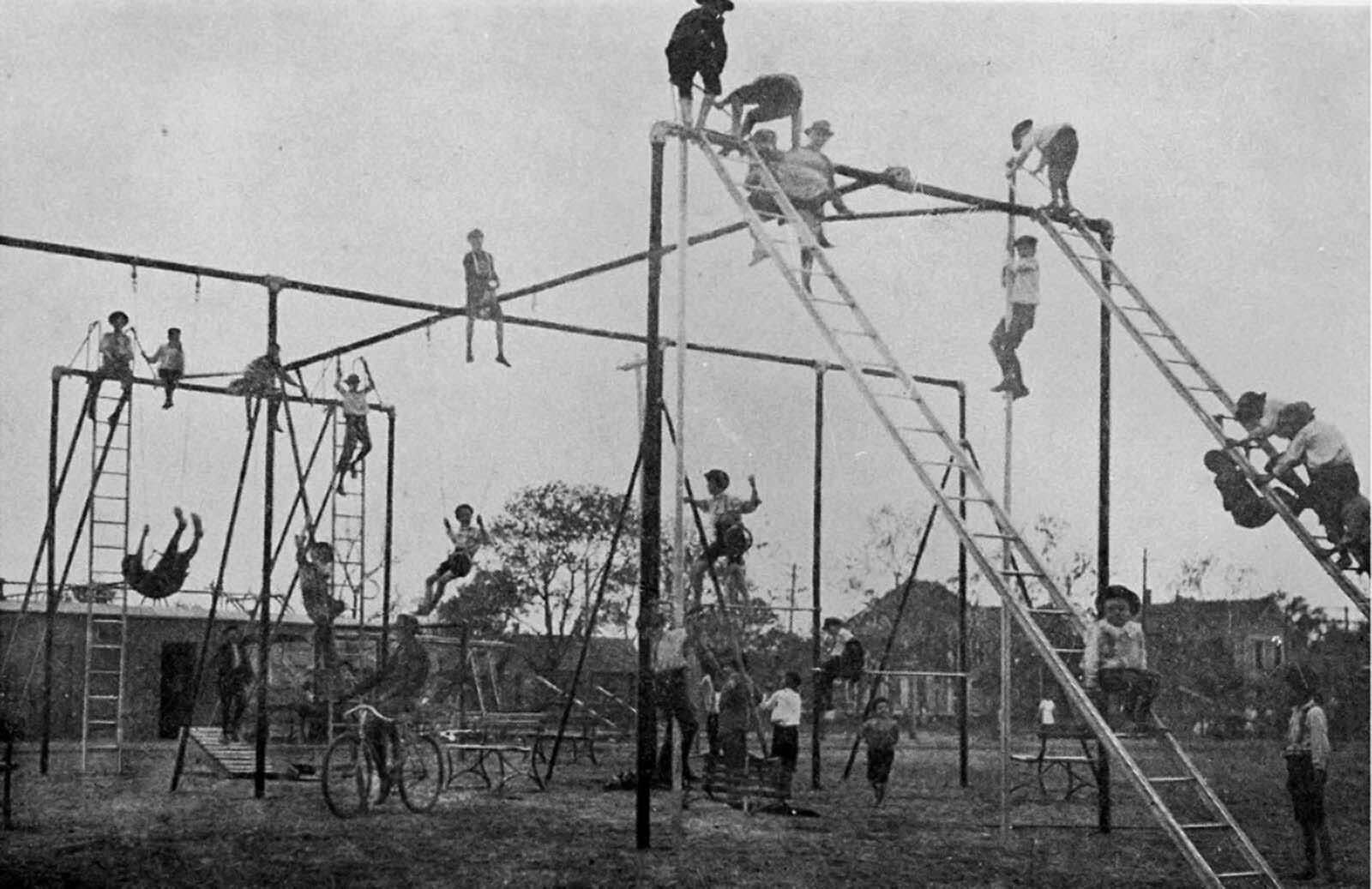
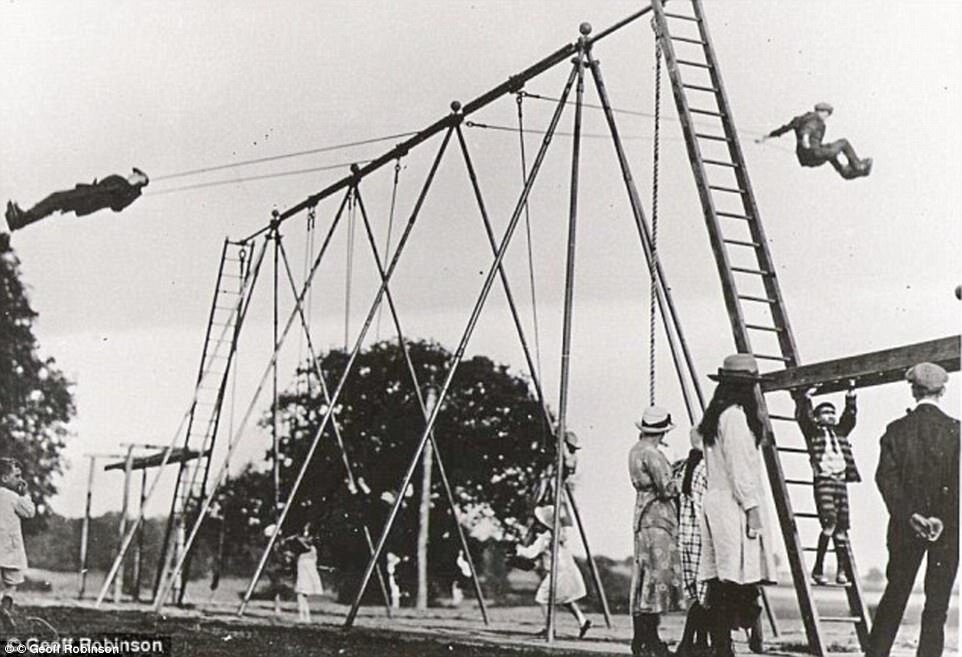
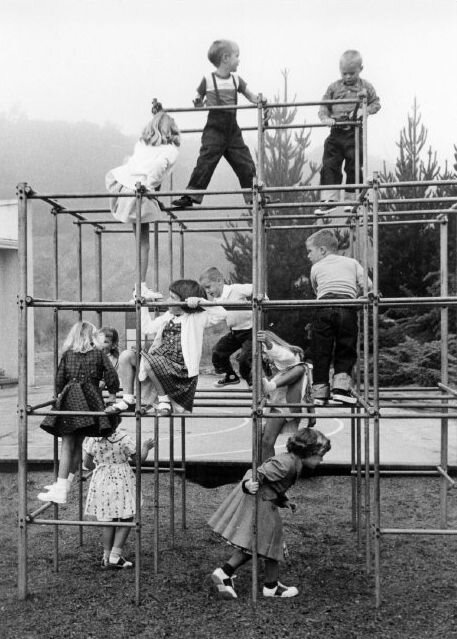
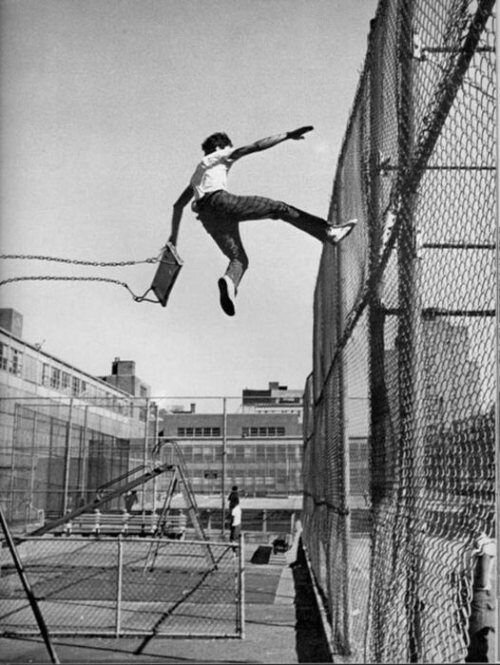
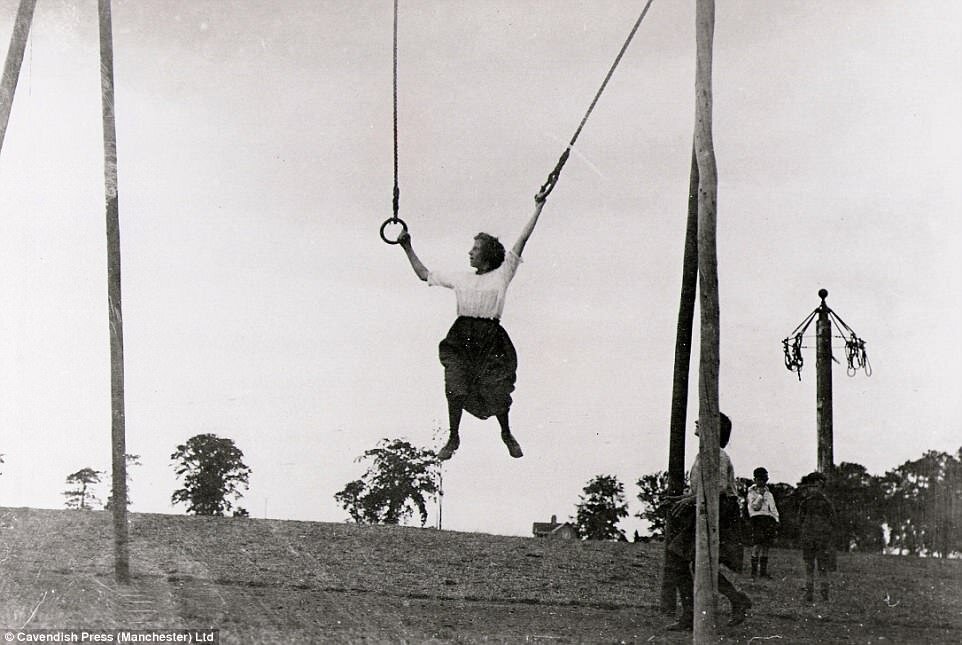

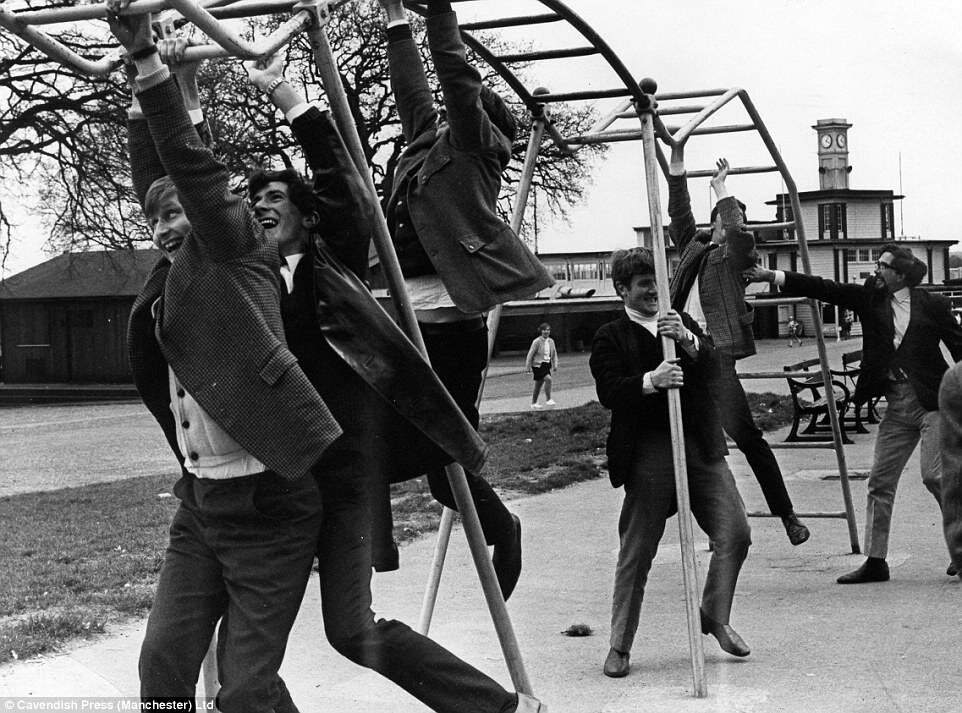
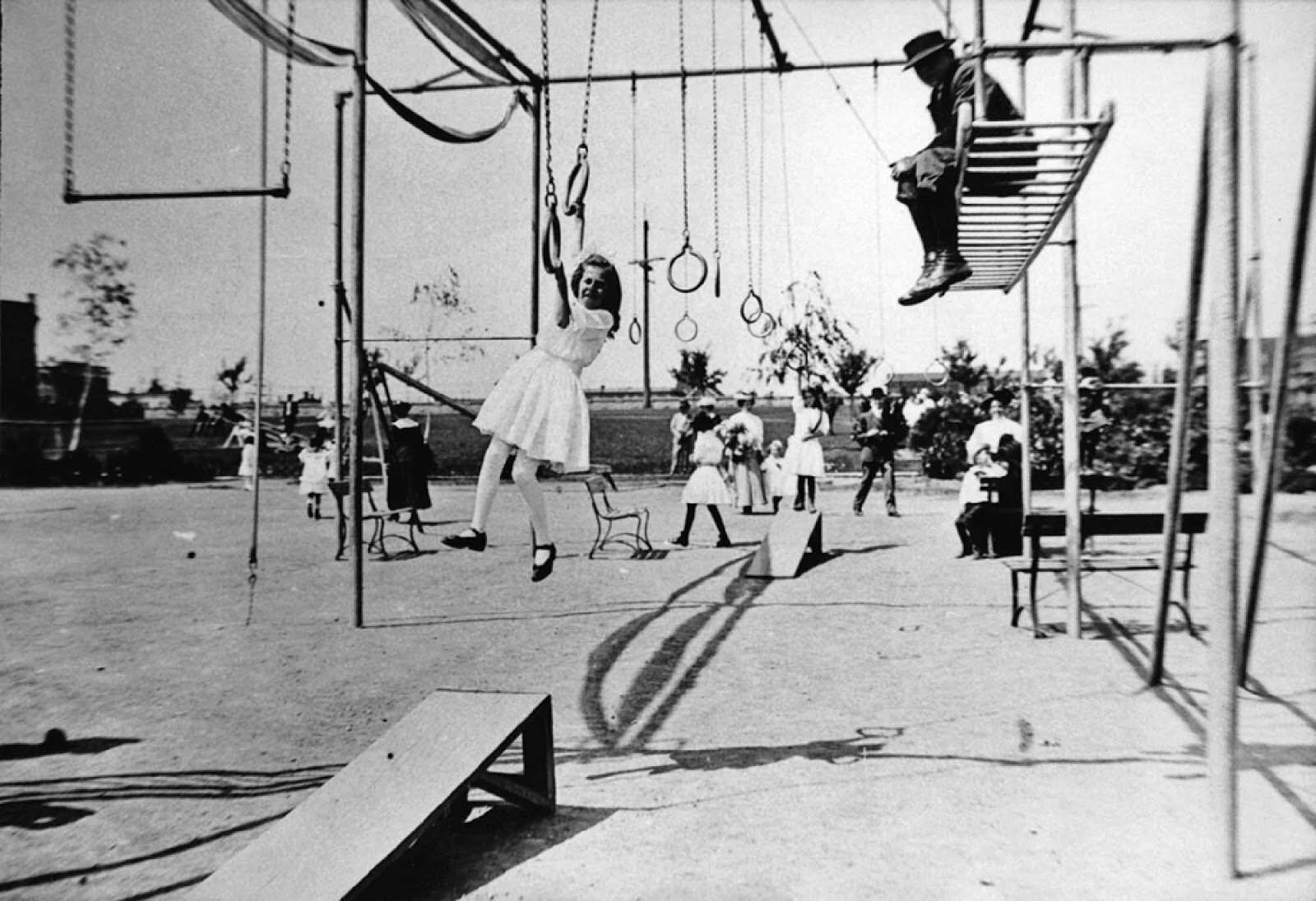
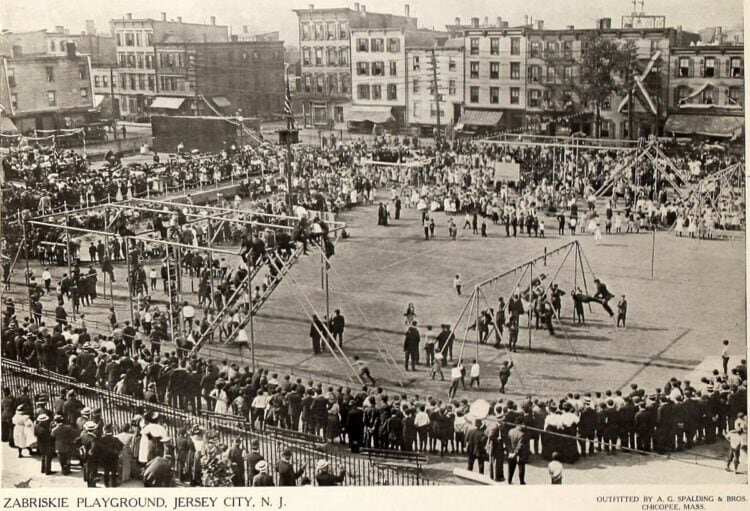
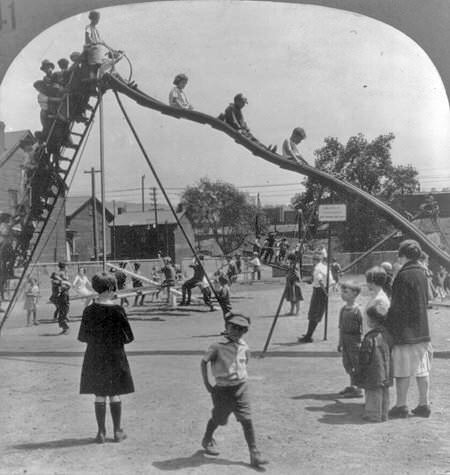
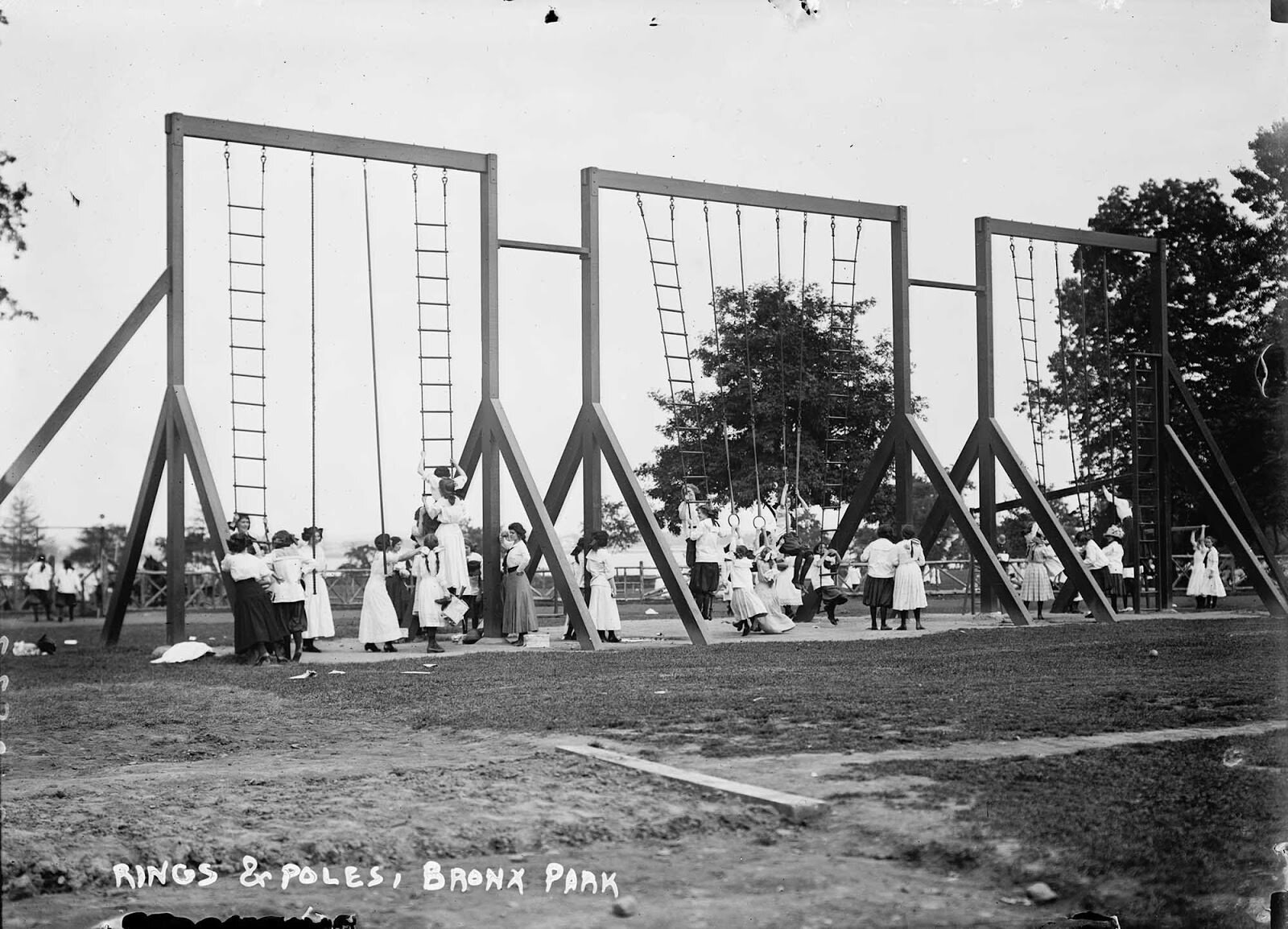
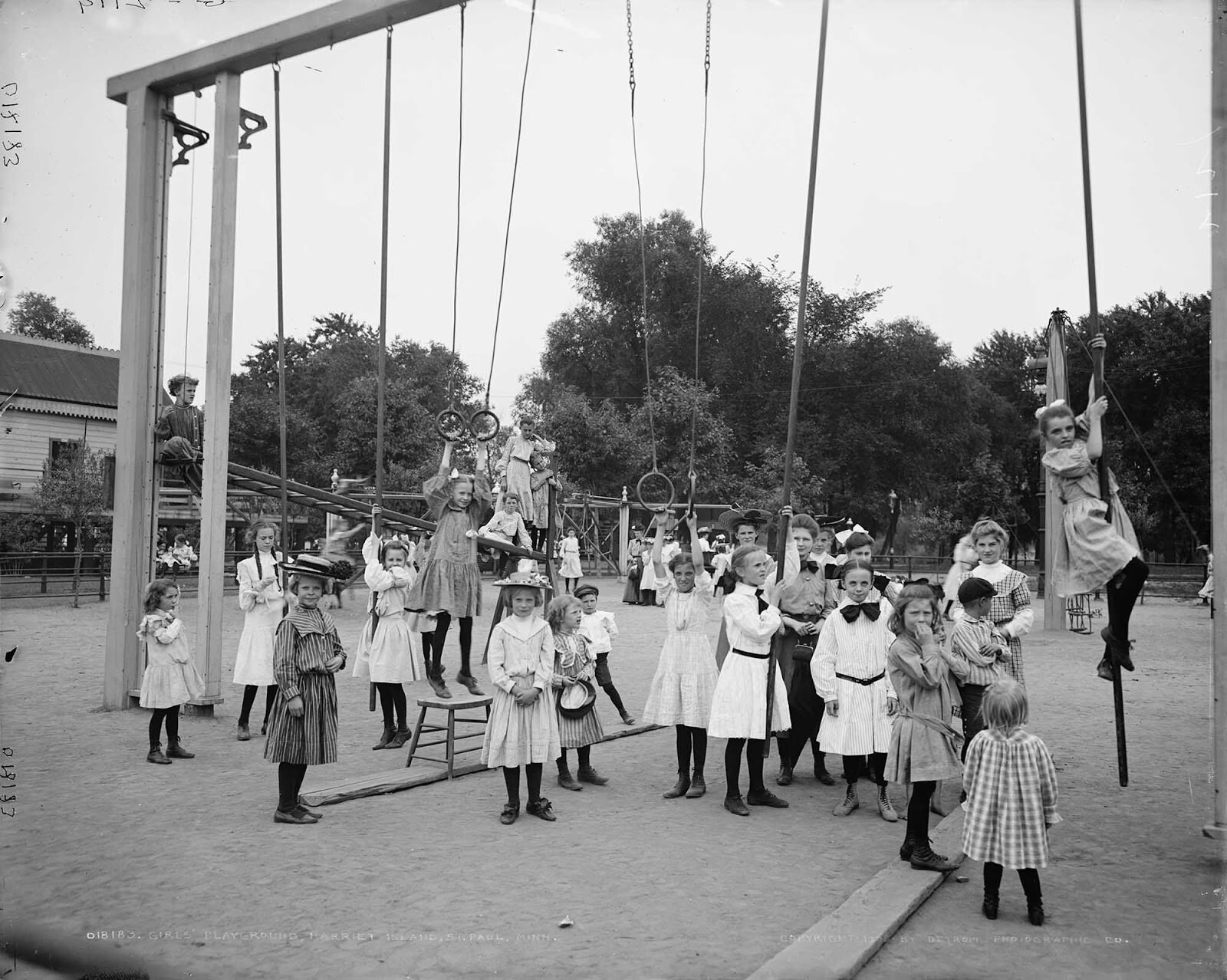
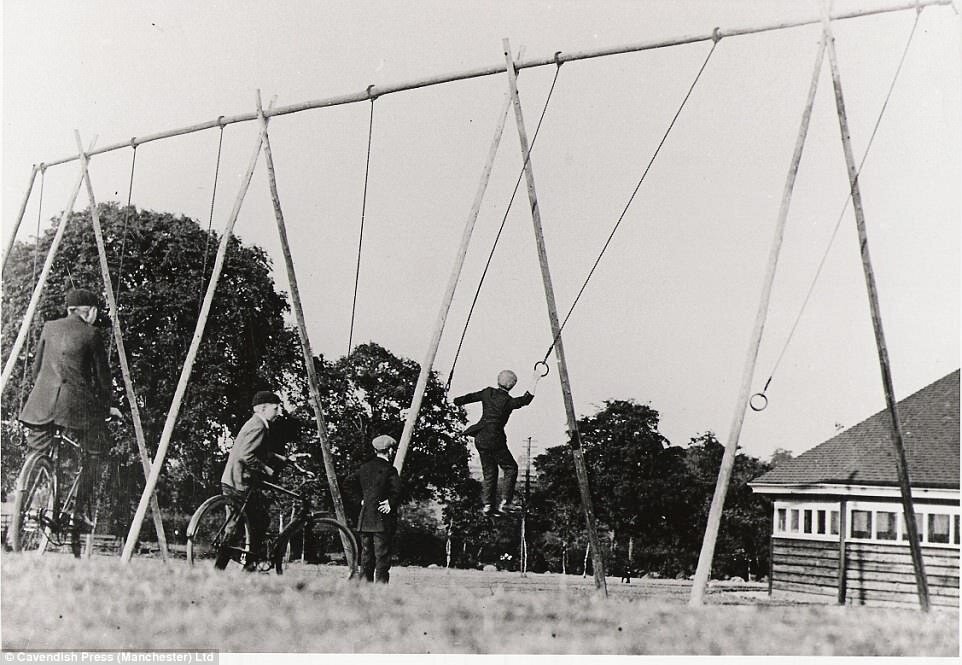
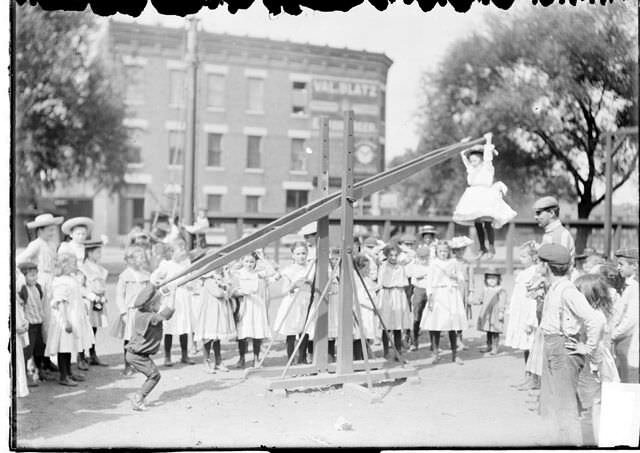

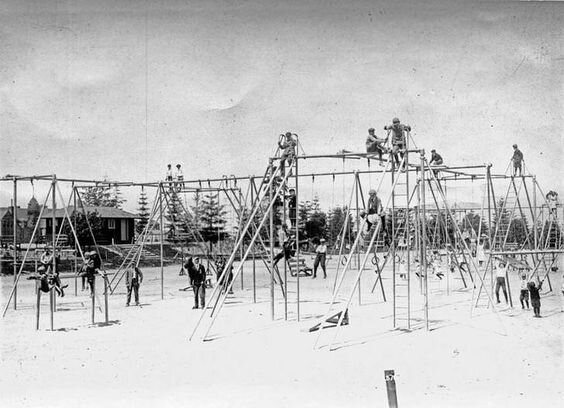

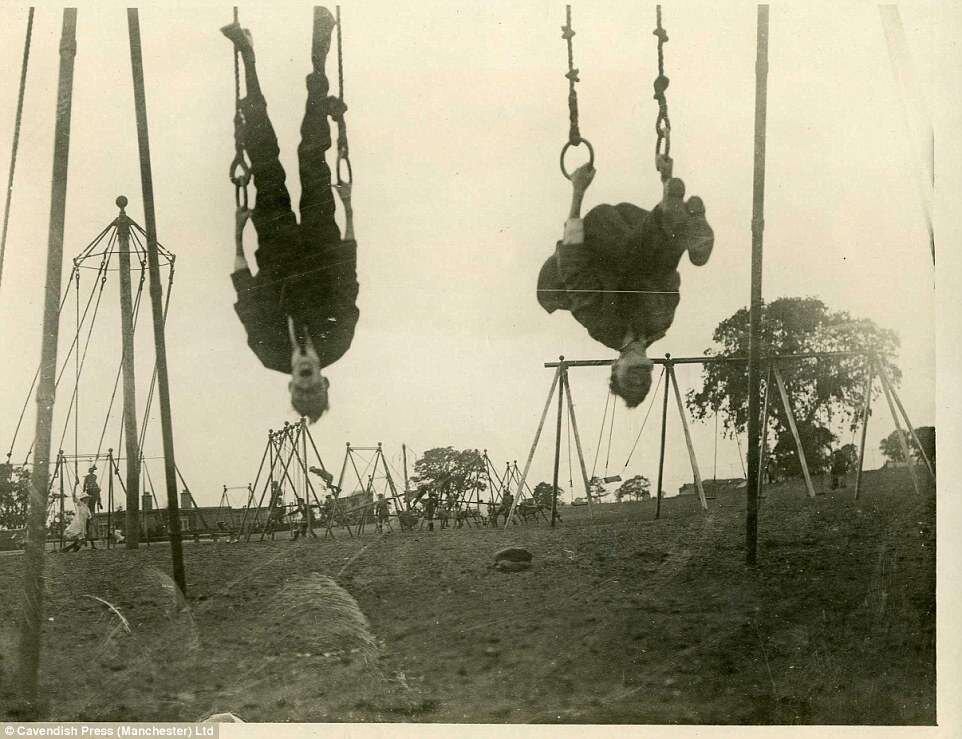






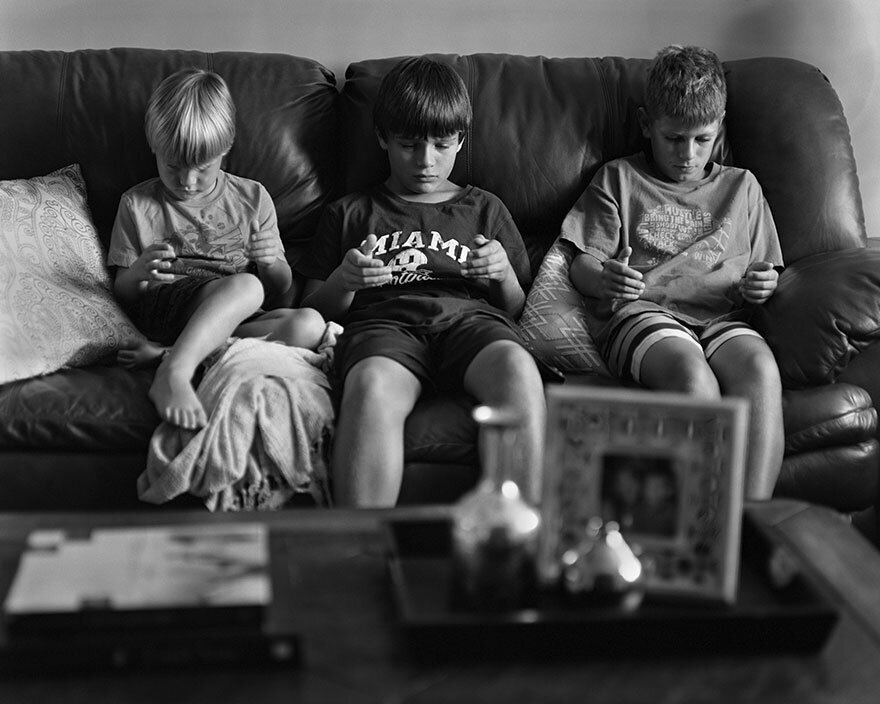
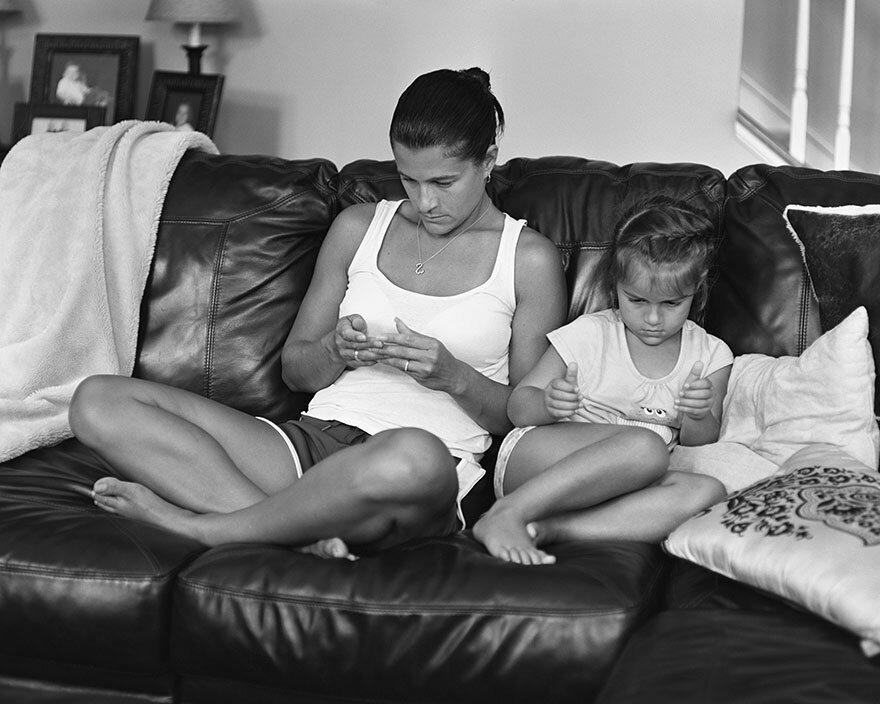

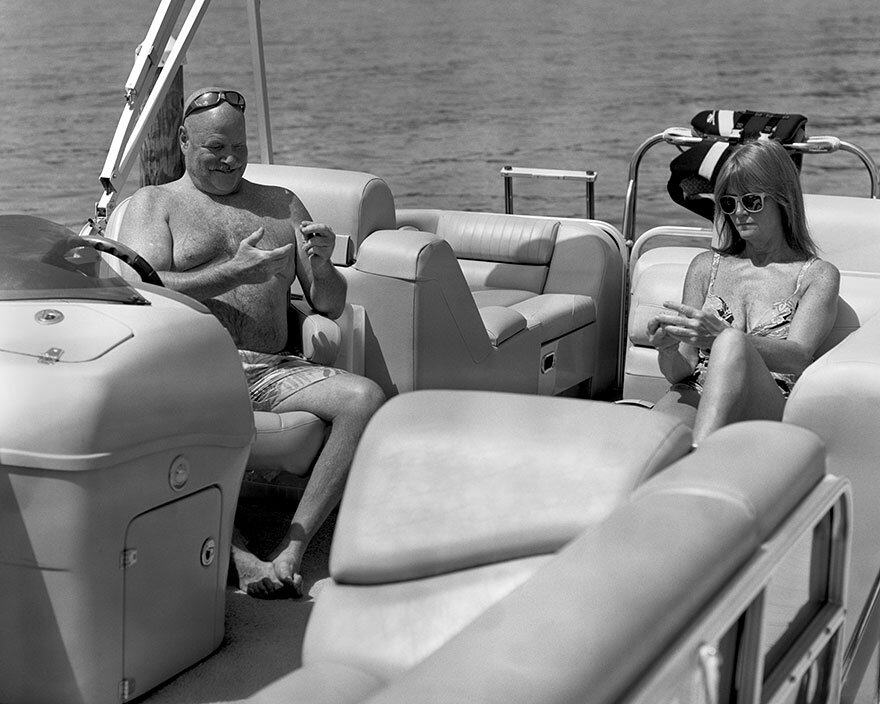

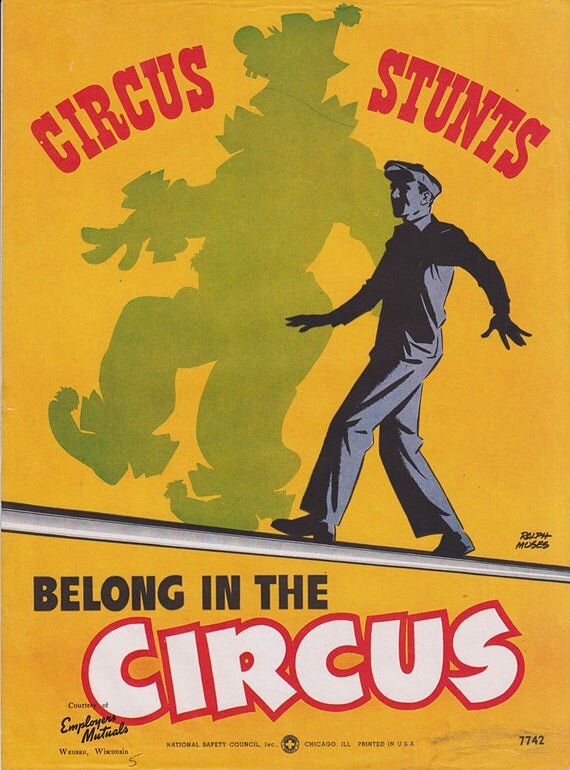
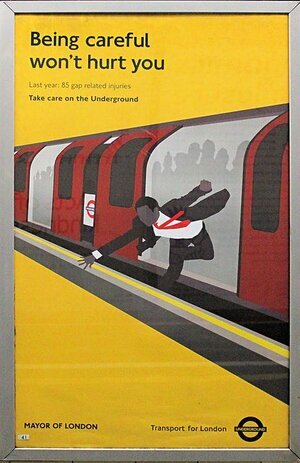
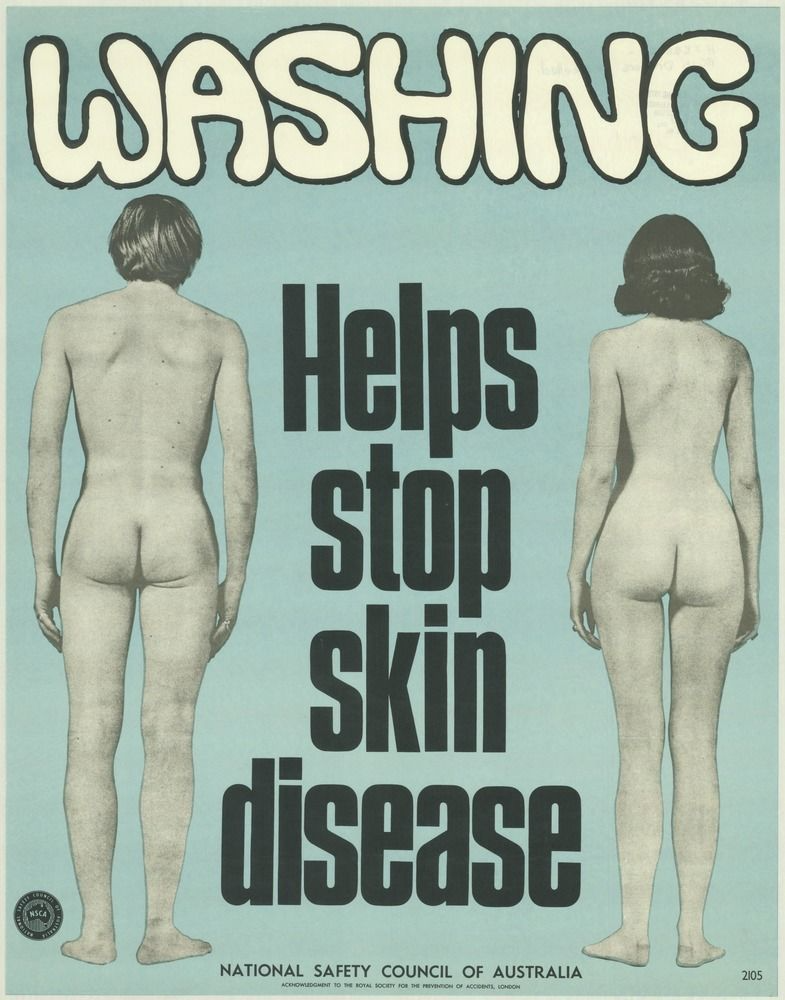
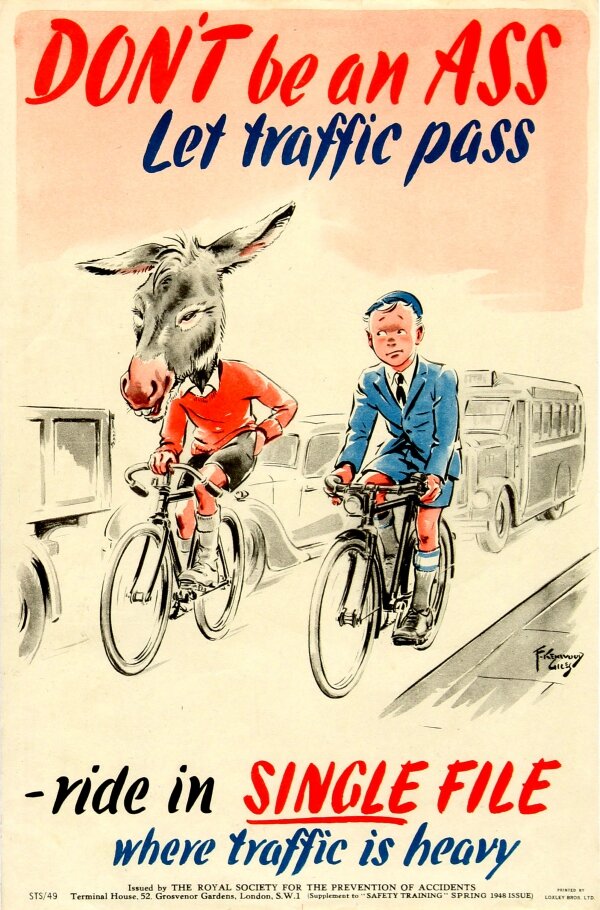
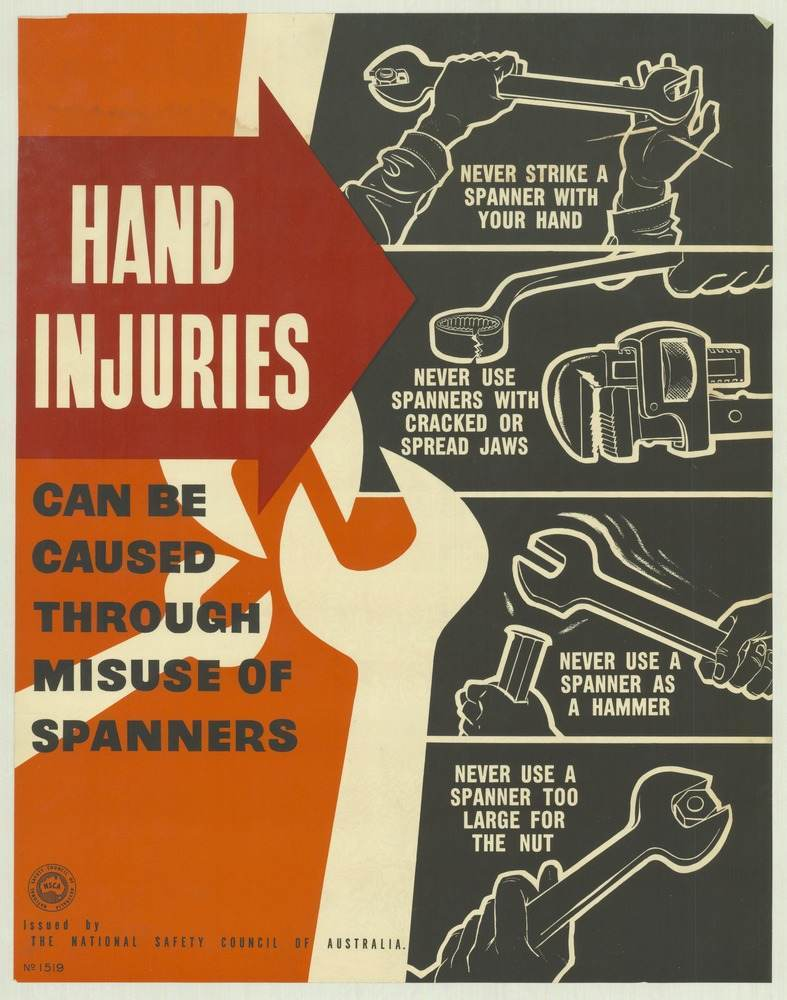


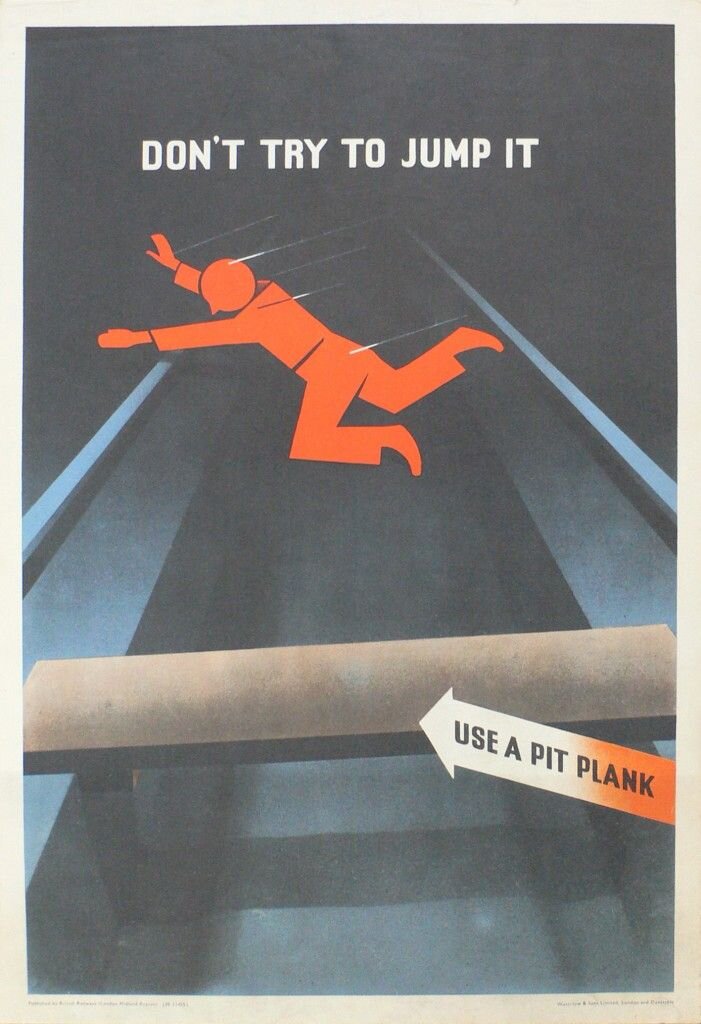











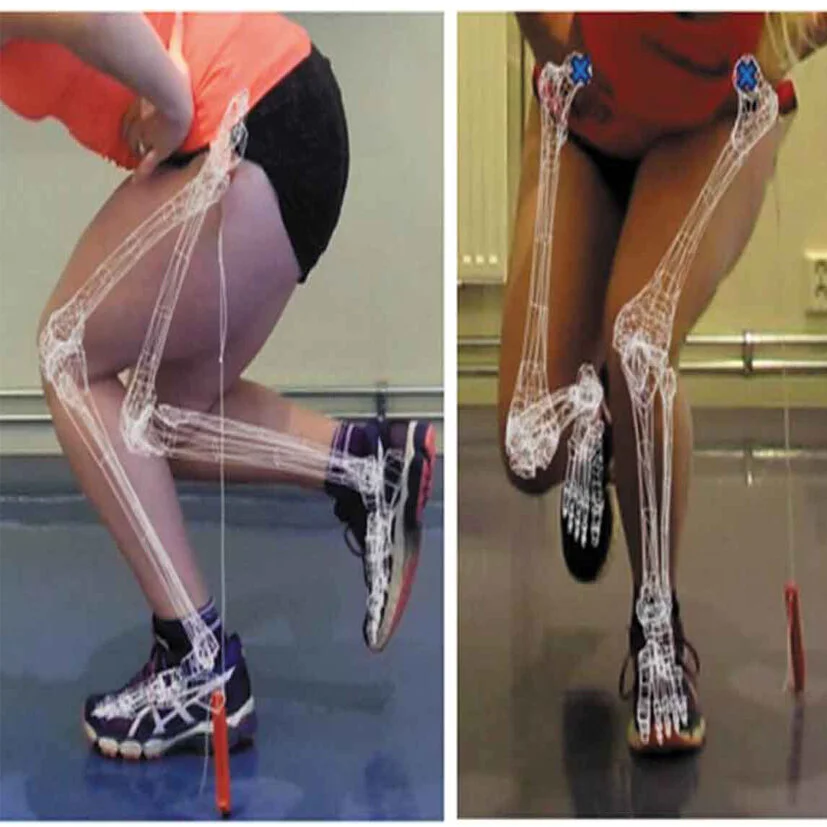










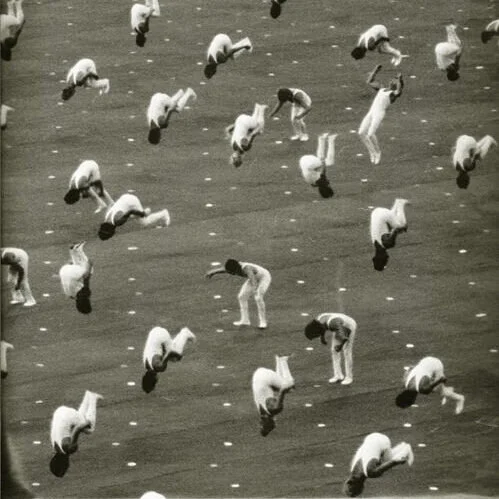






What are the most common misconceptions about furniture free? Well these are my top three!